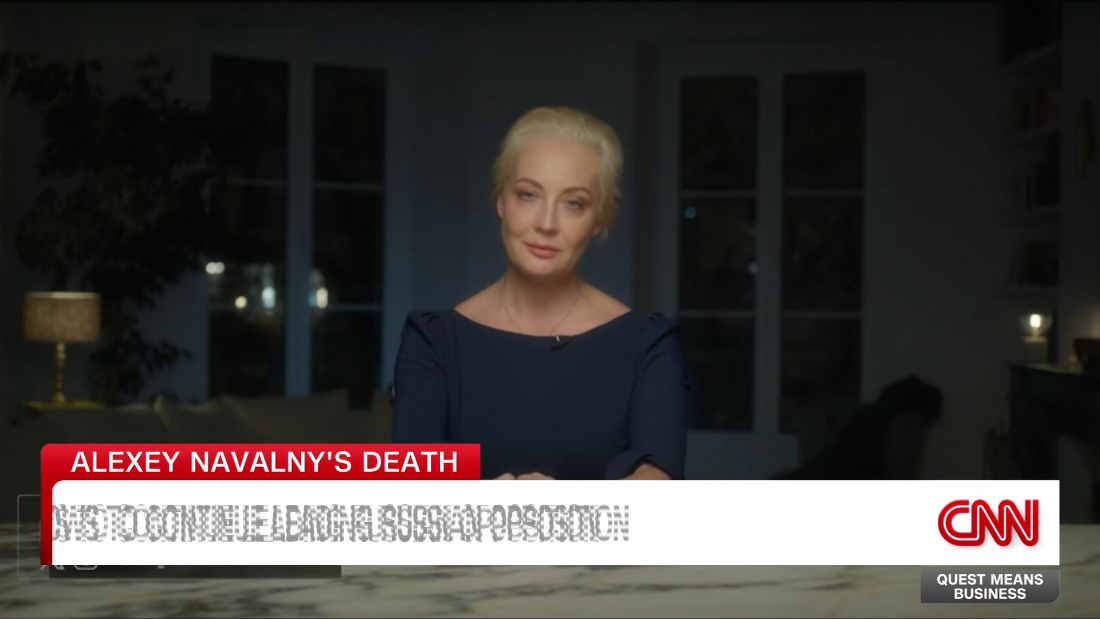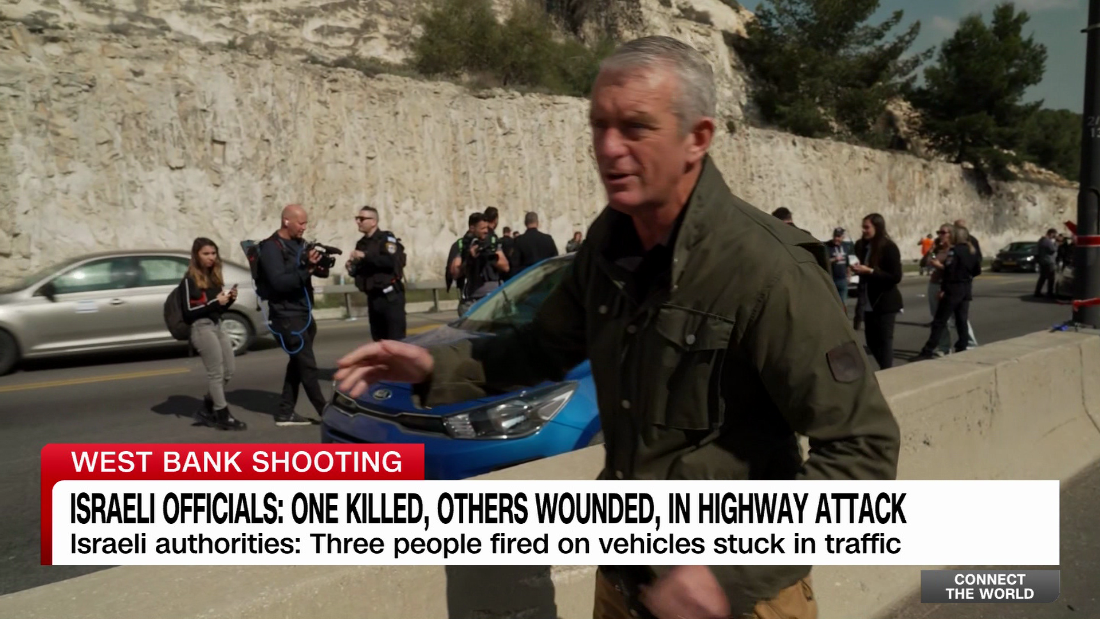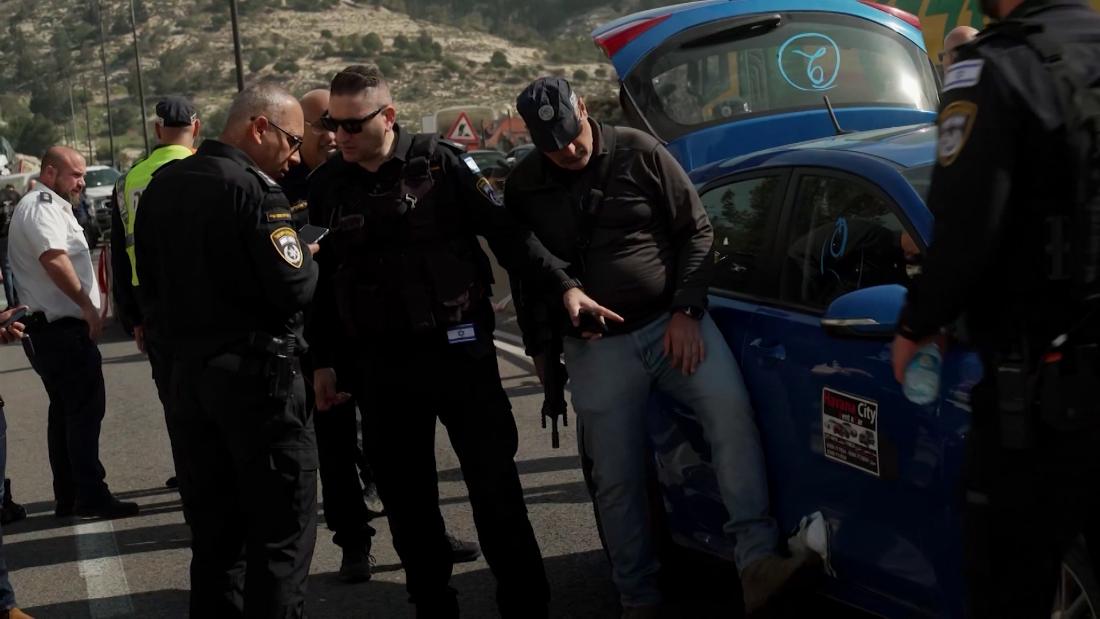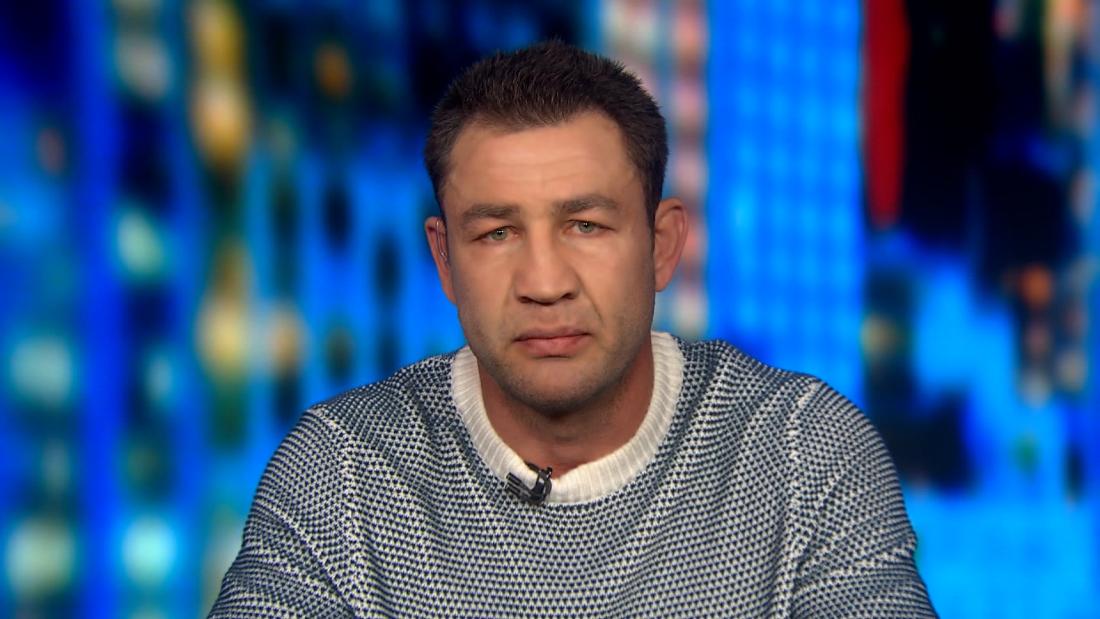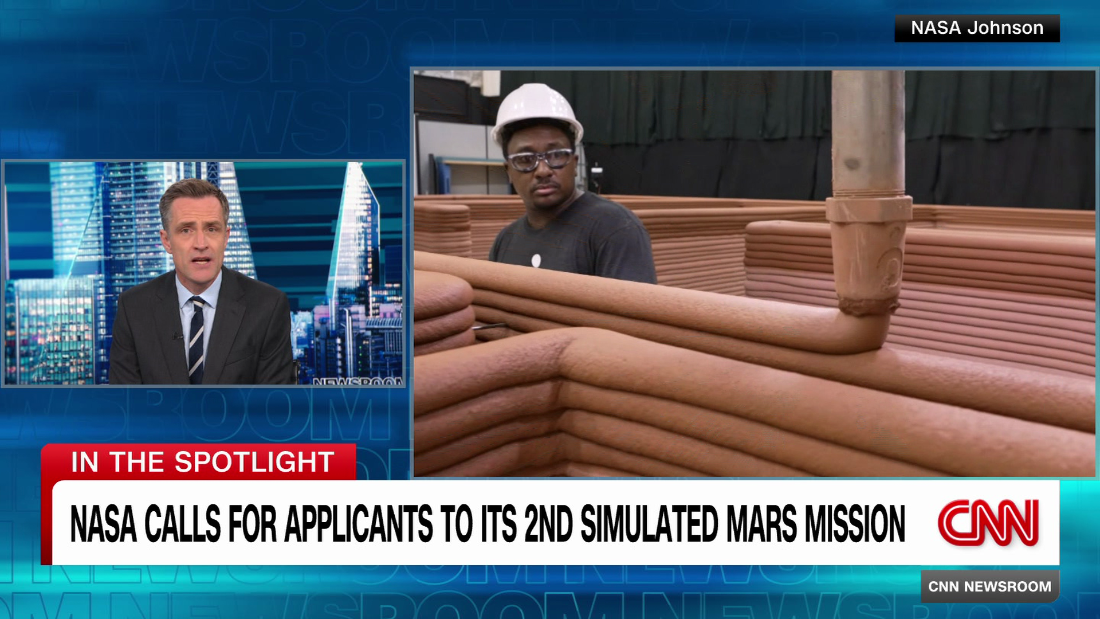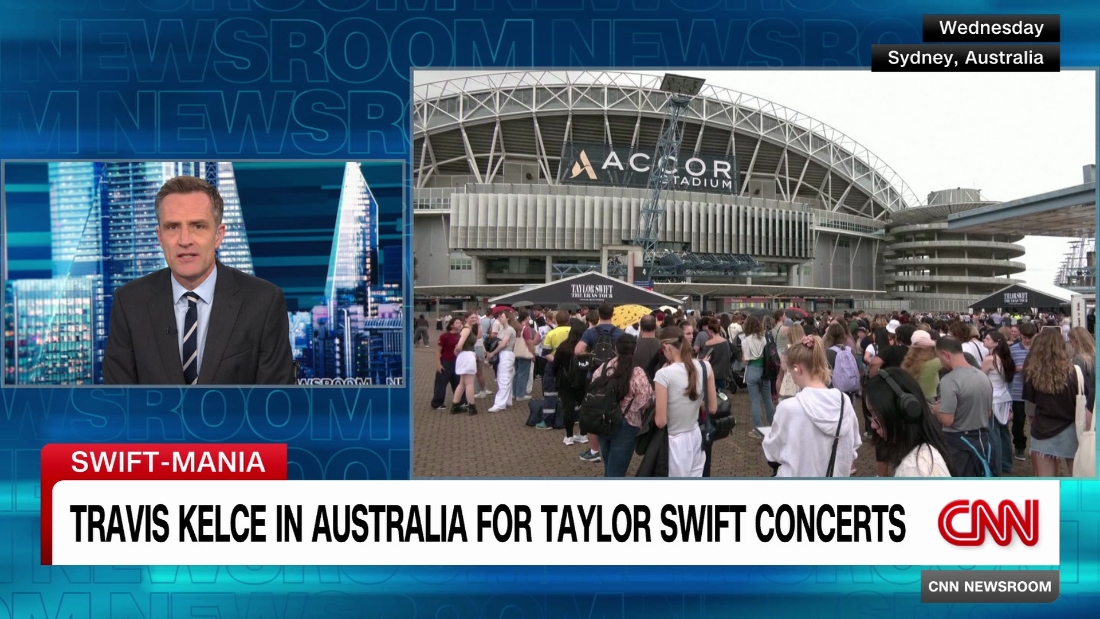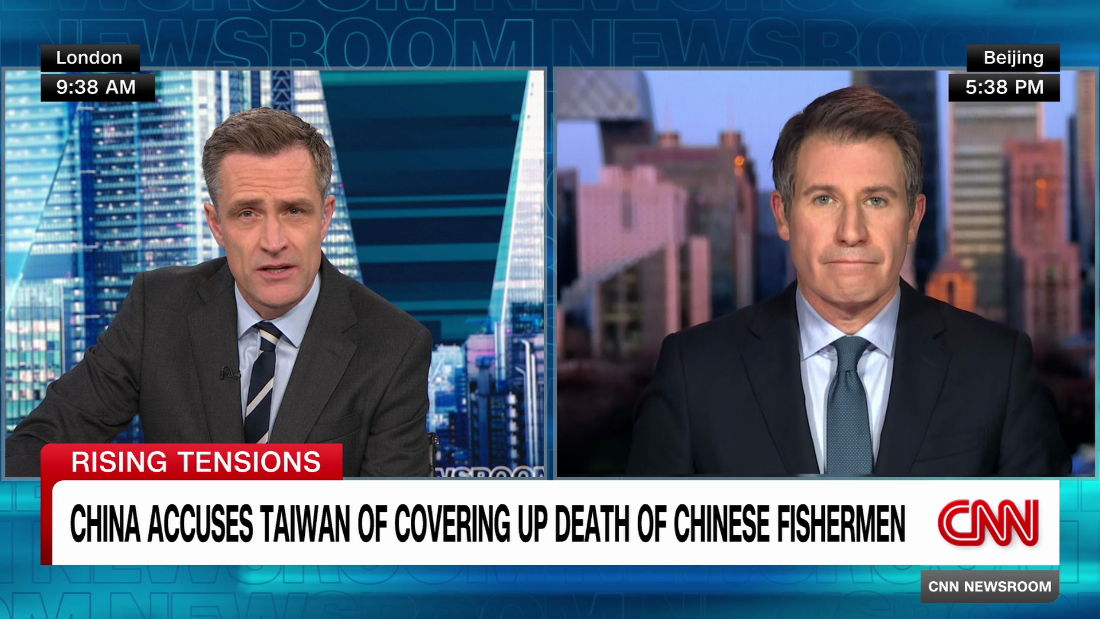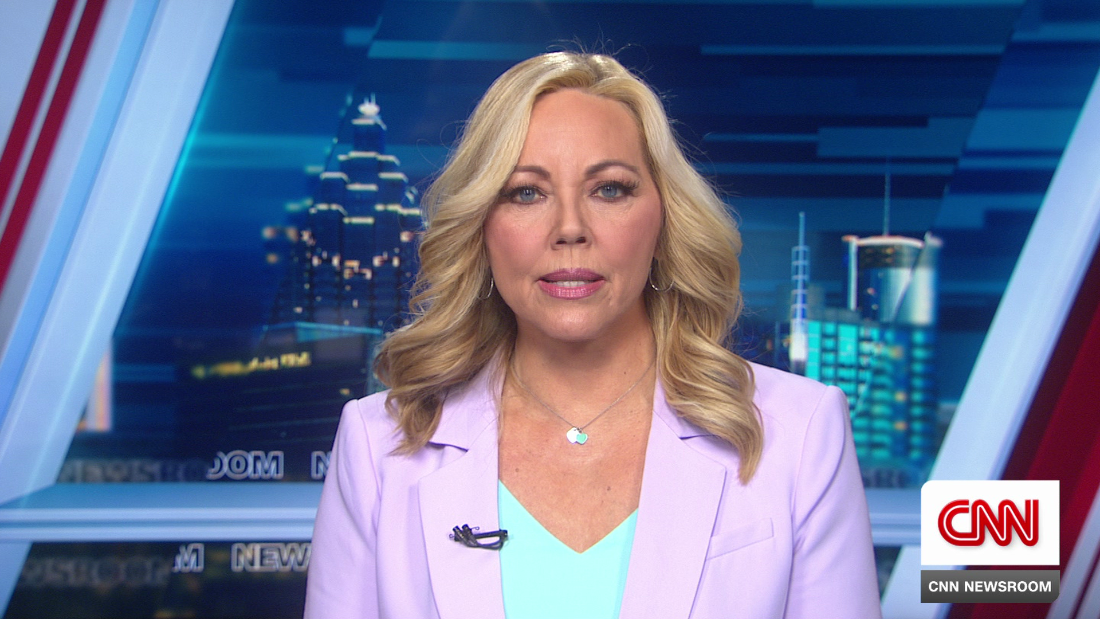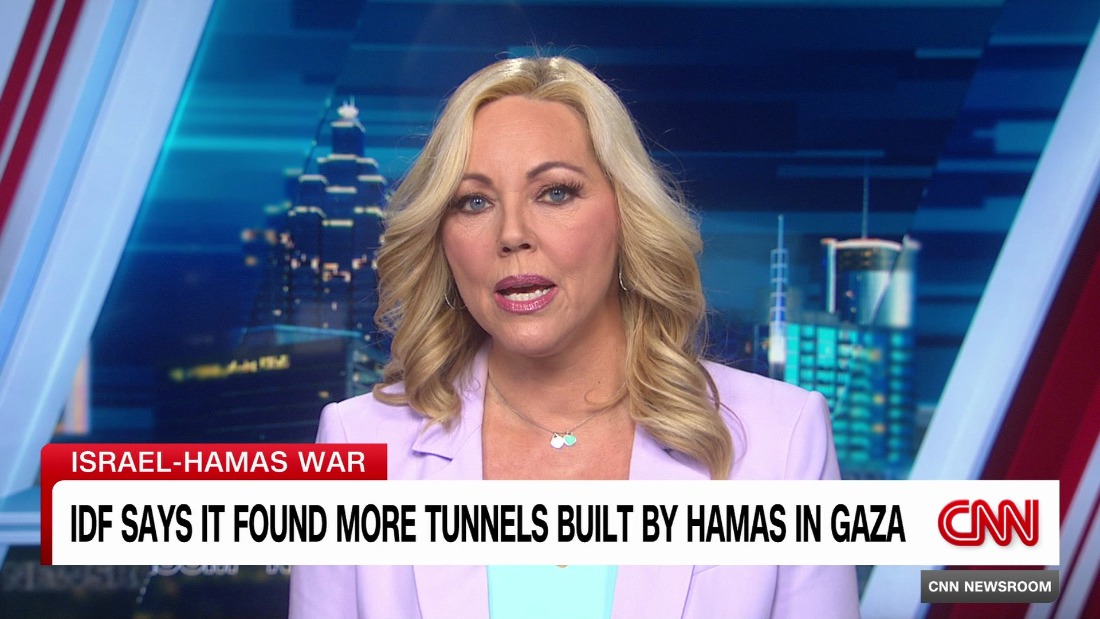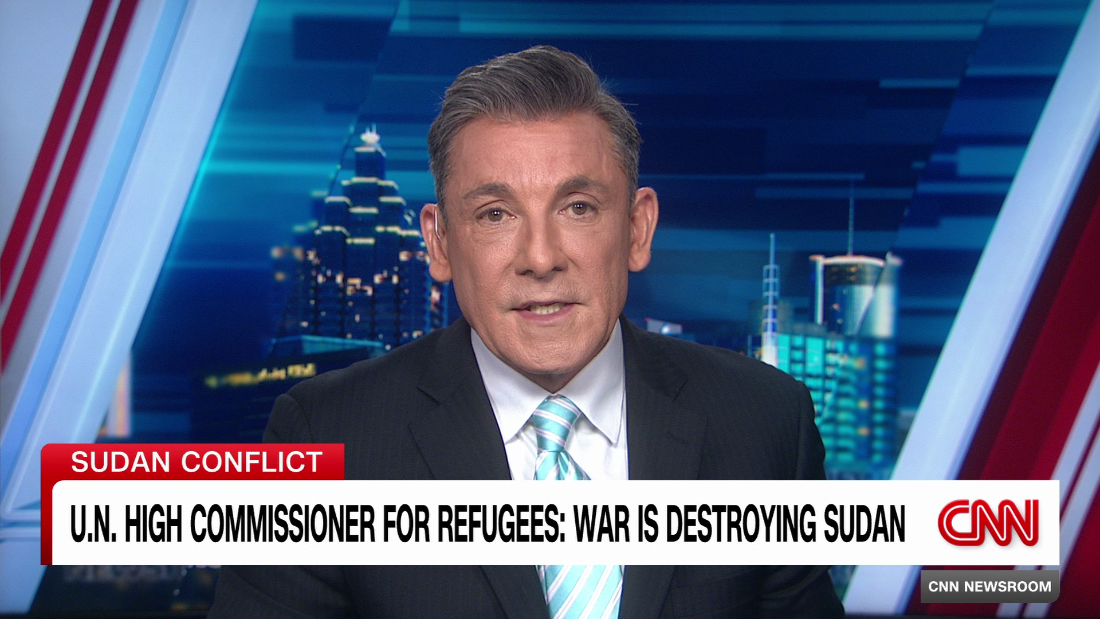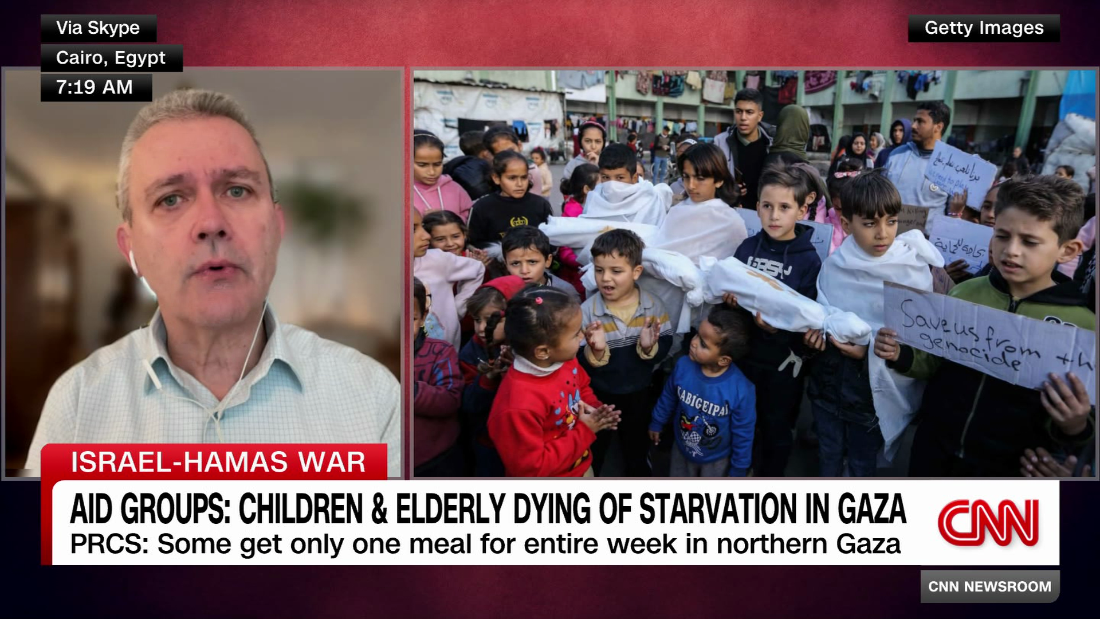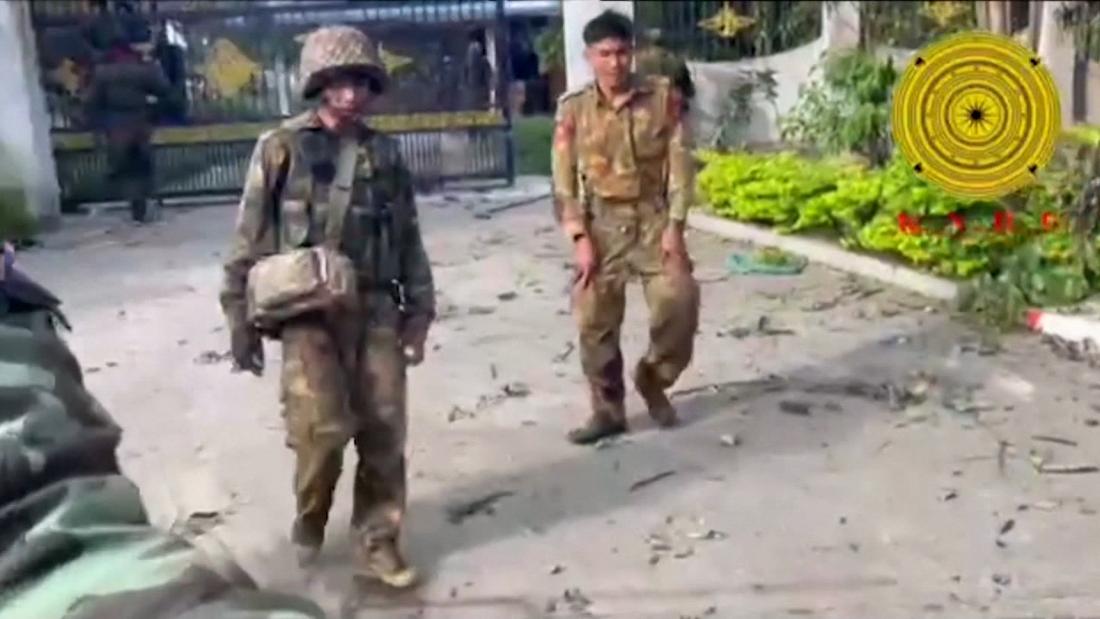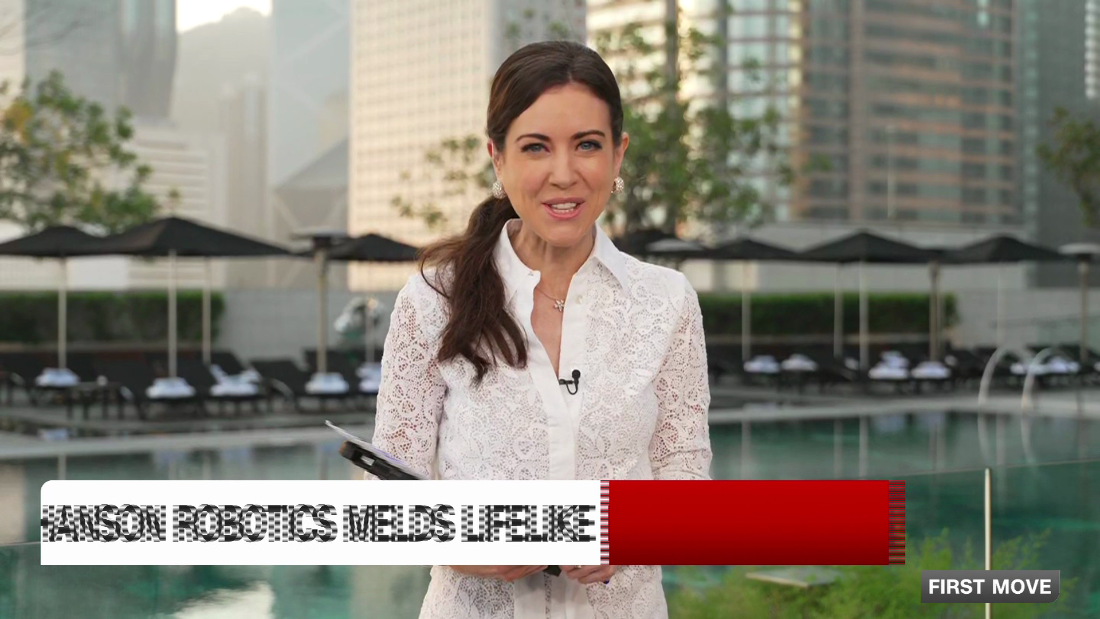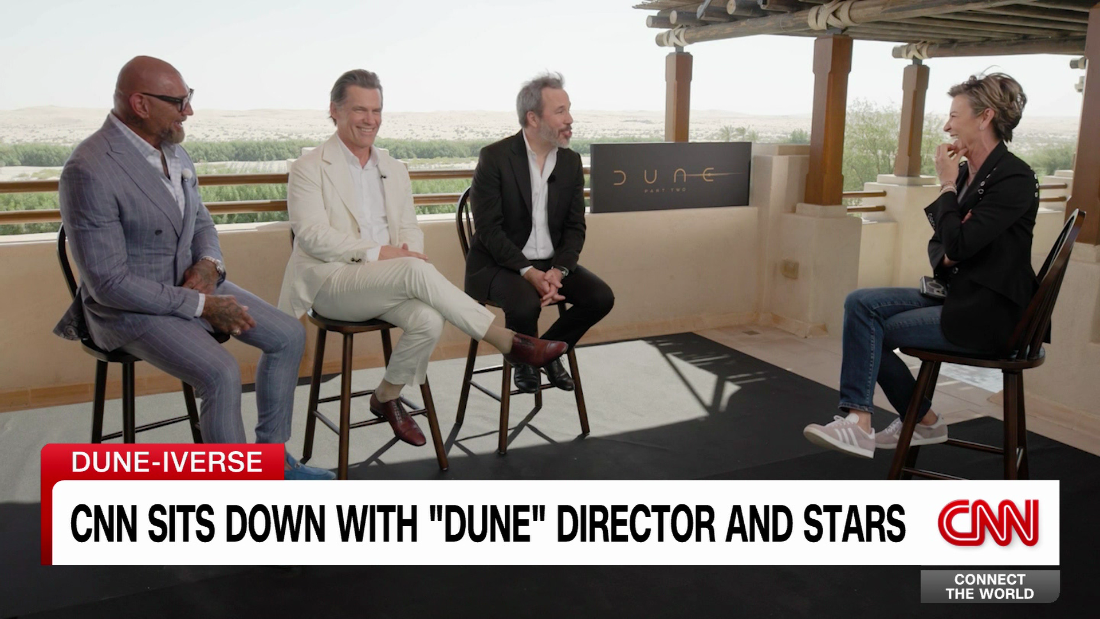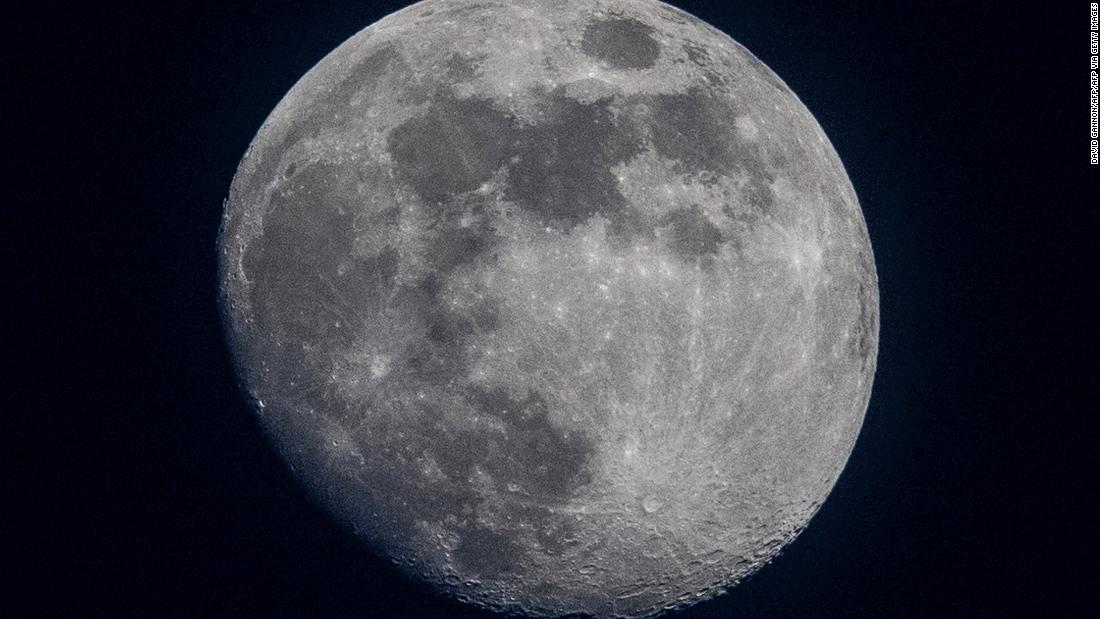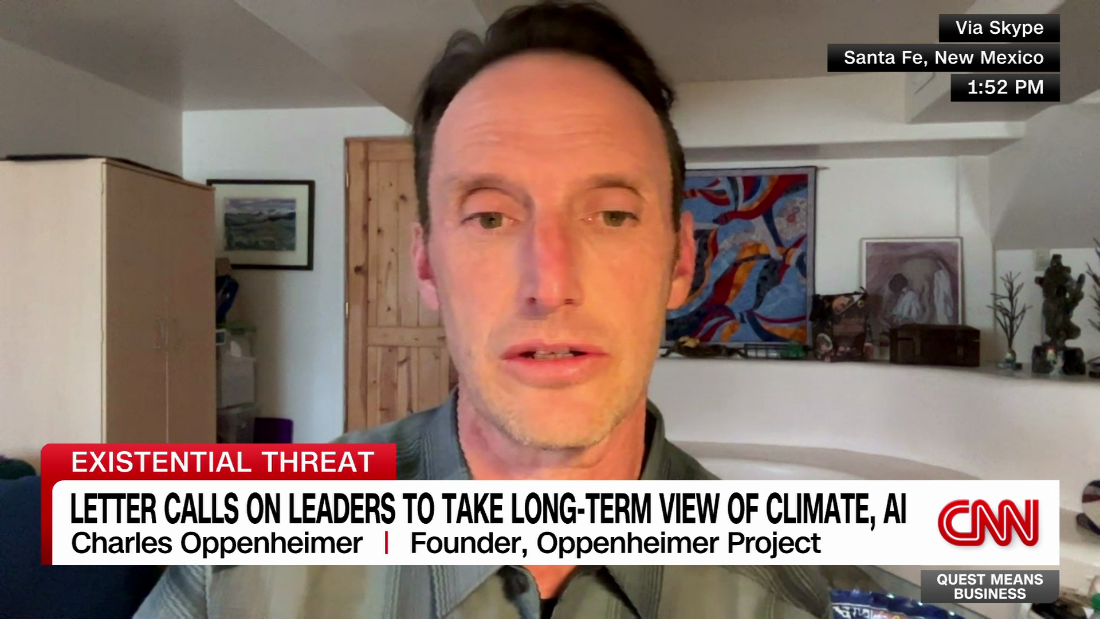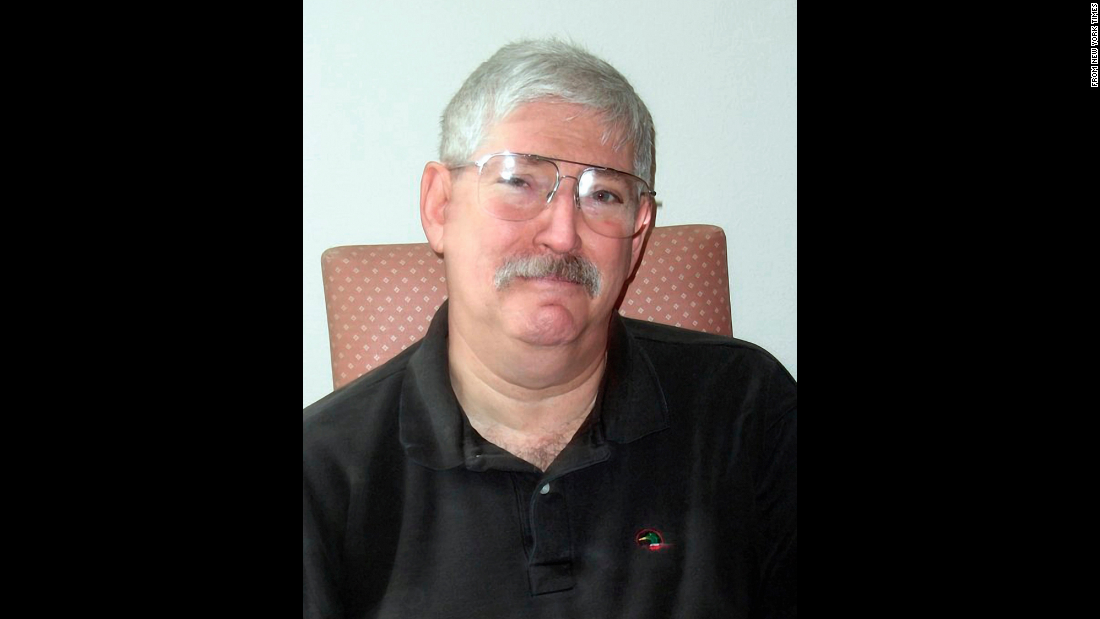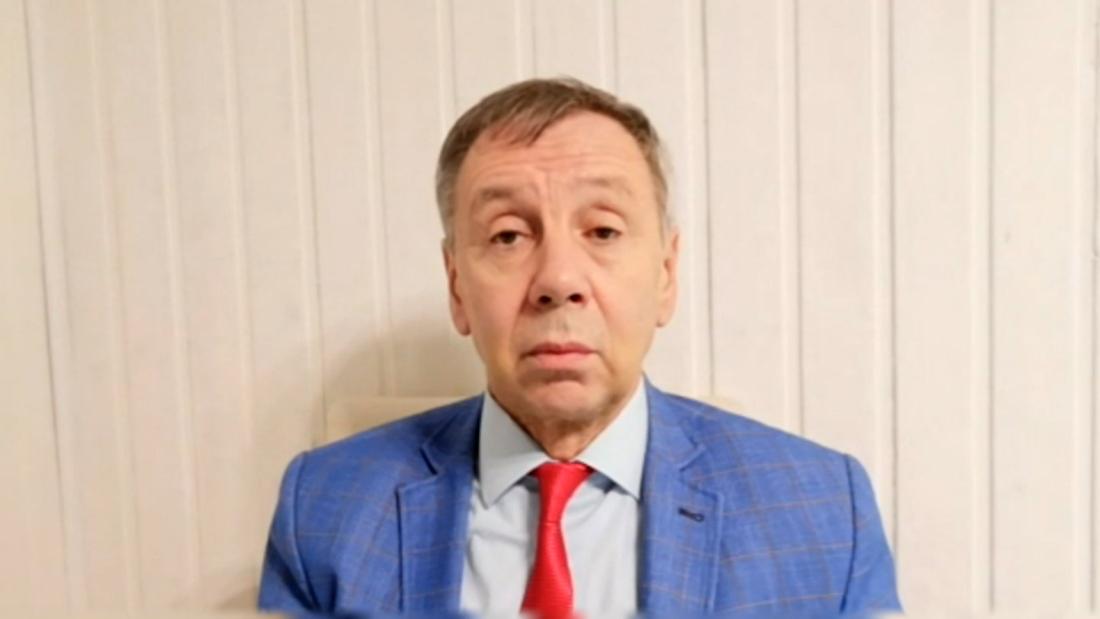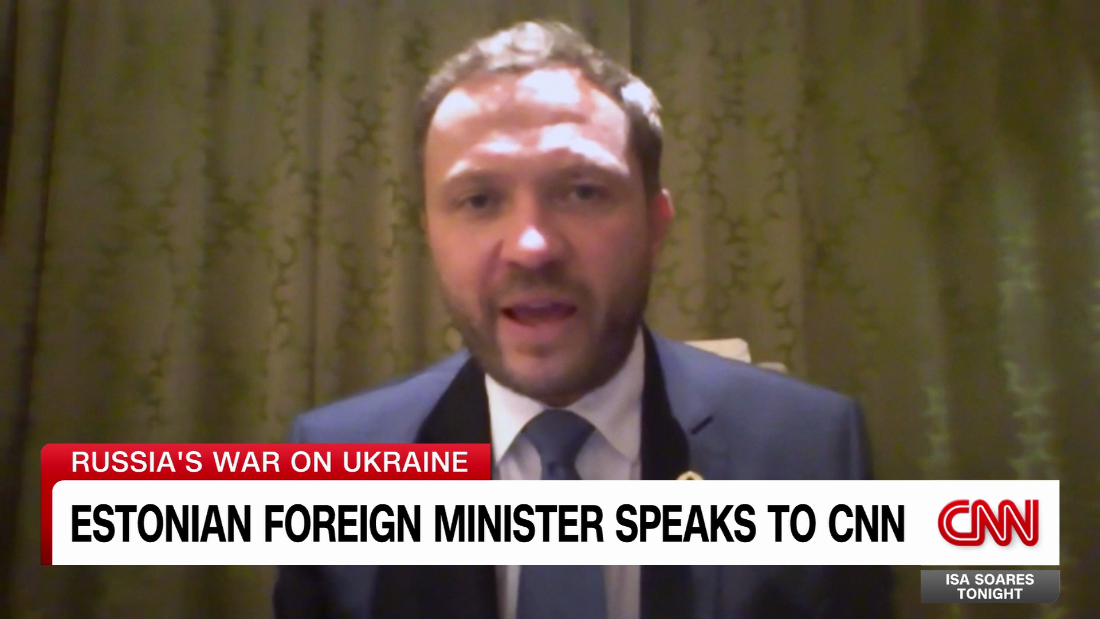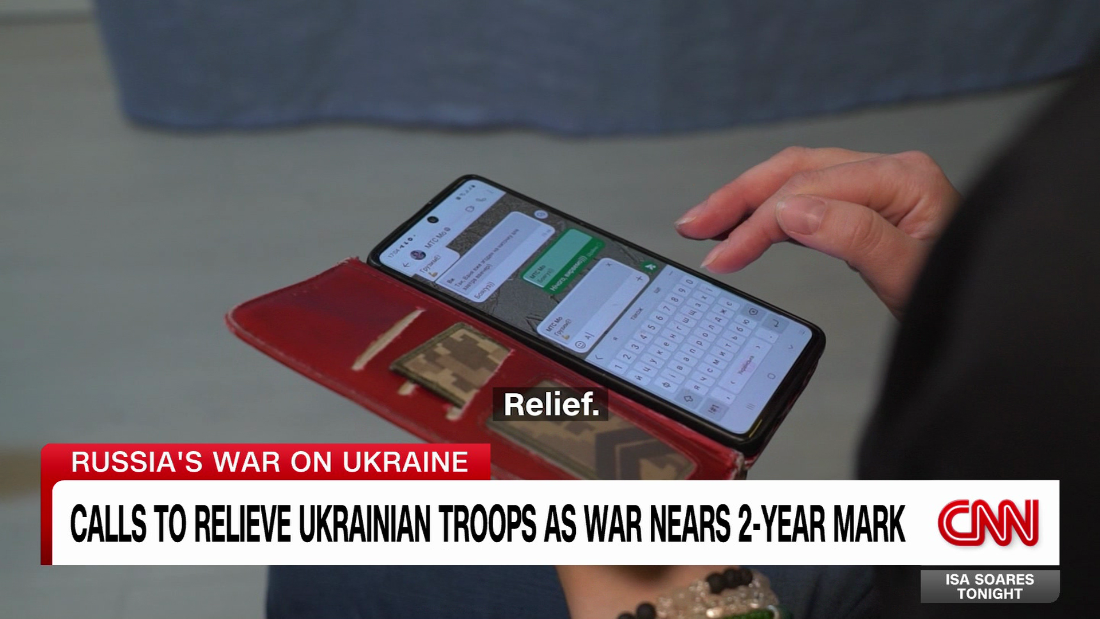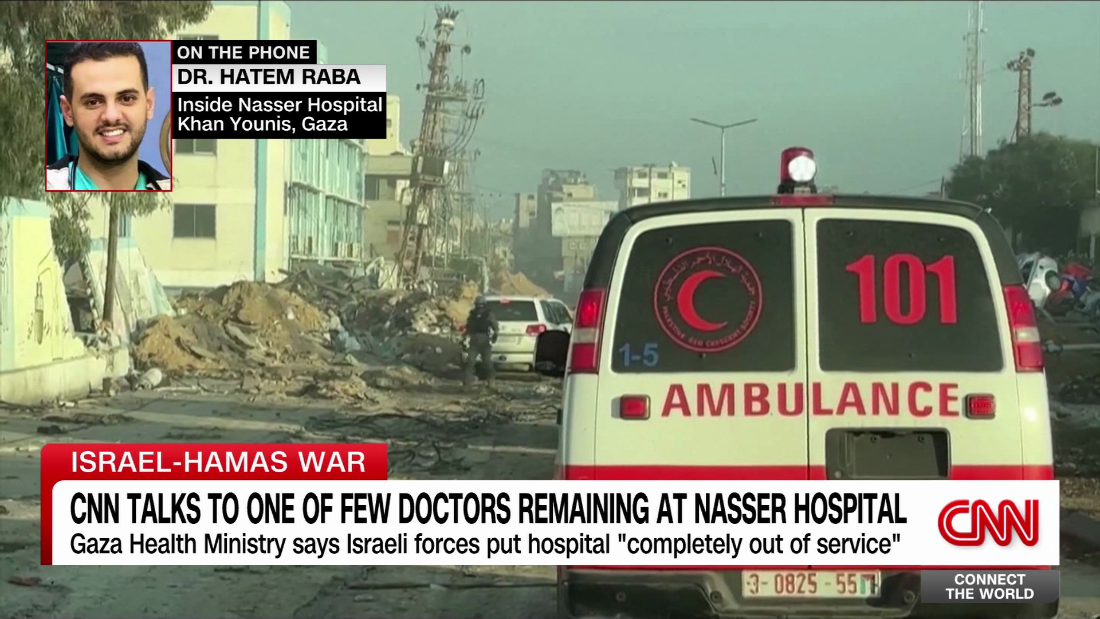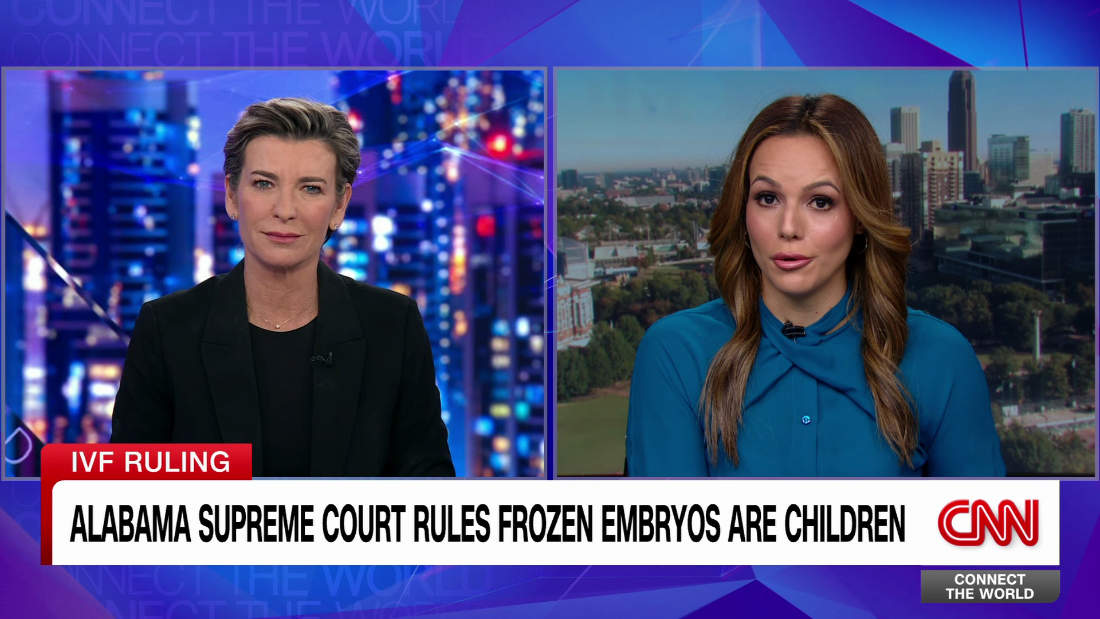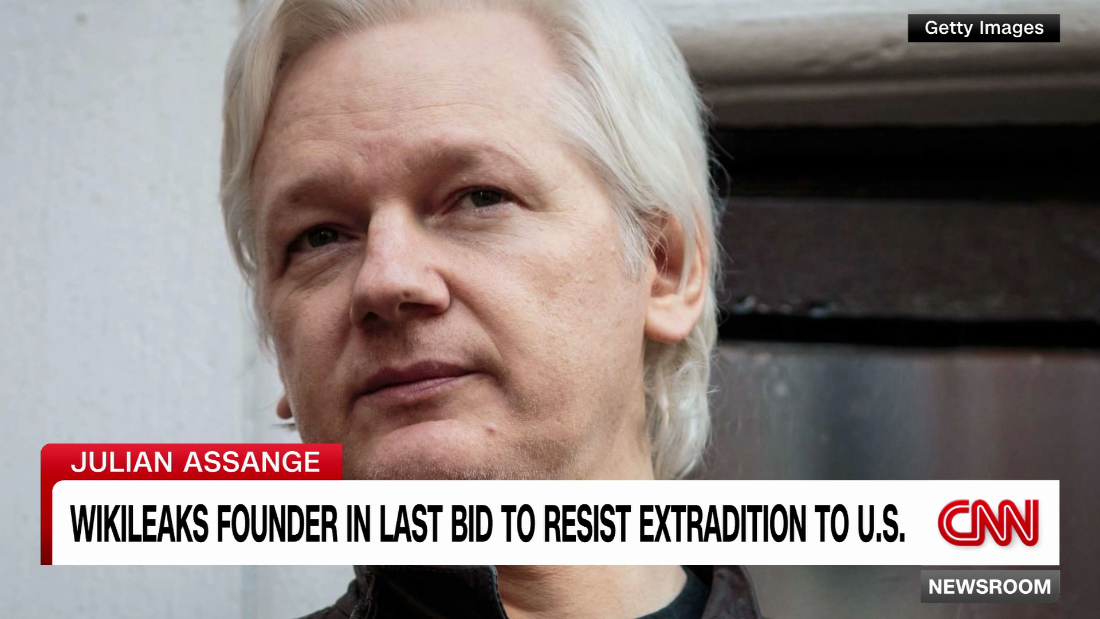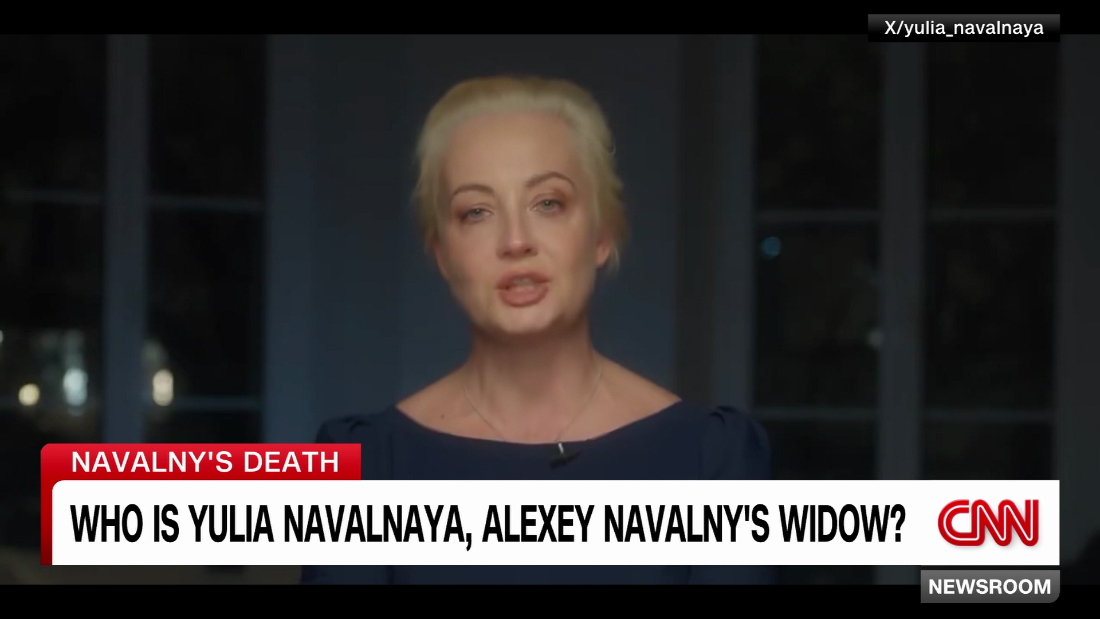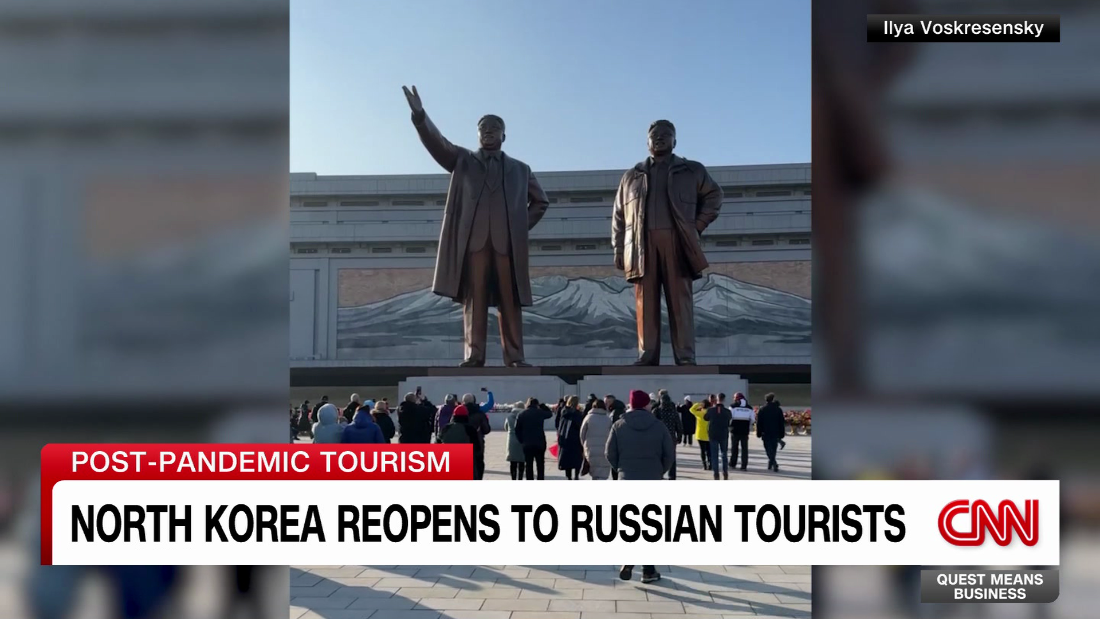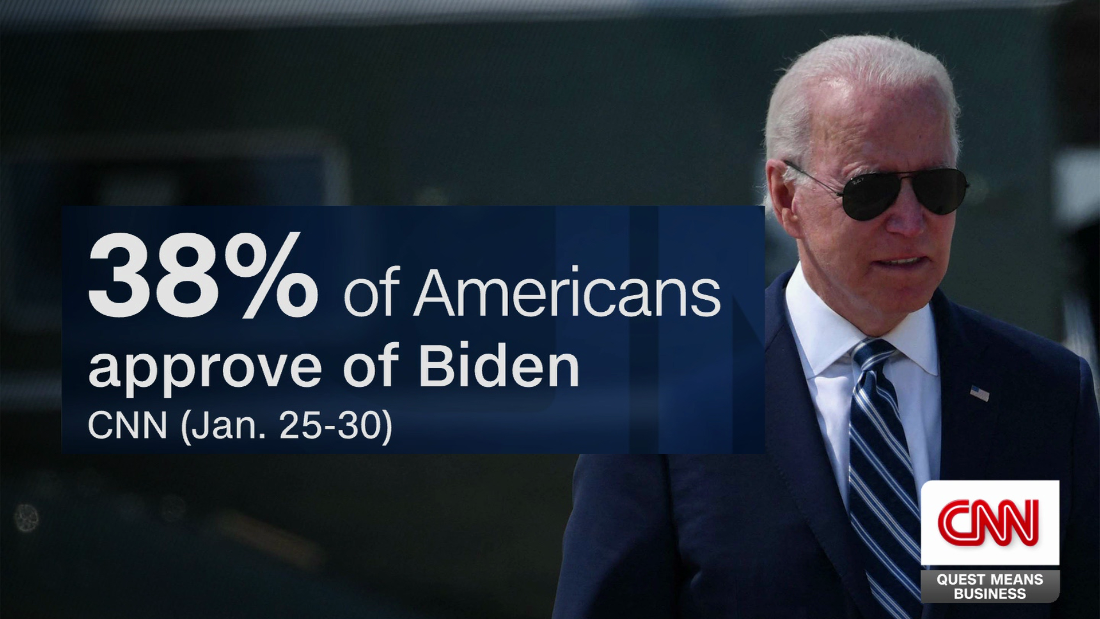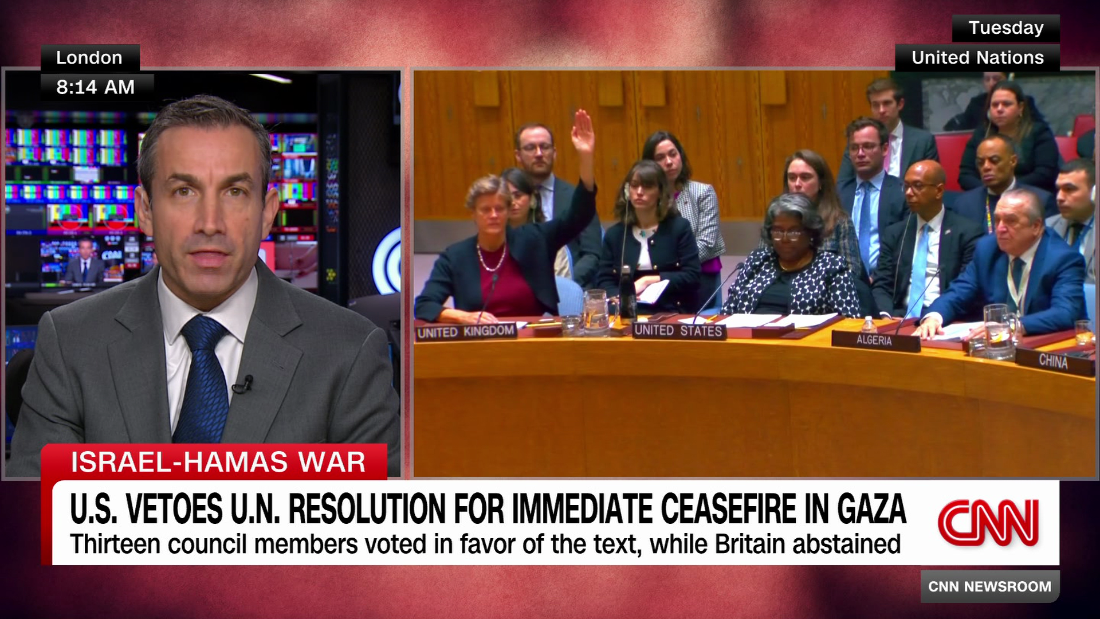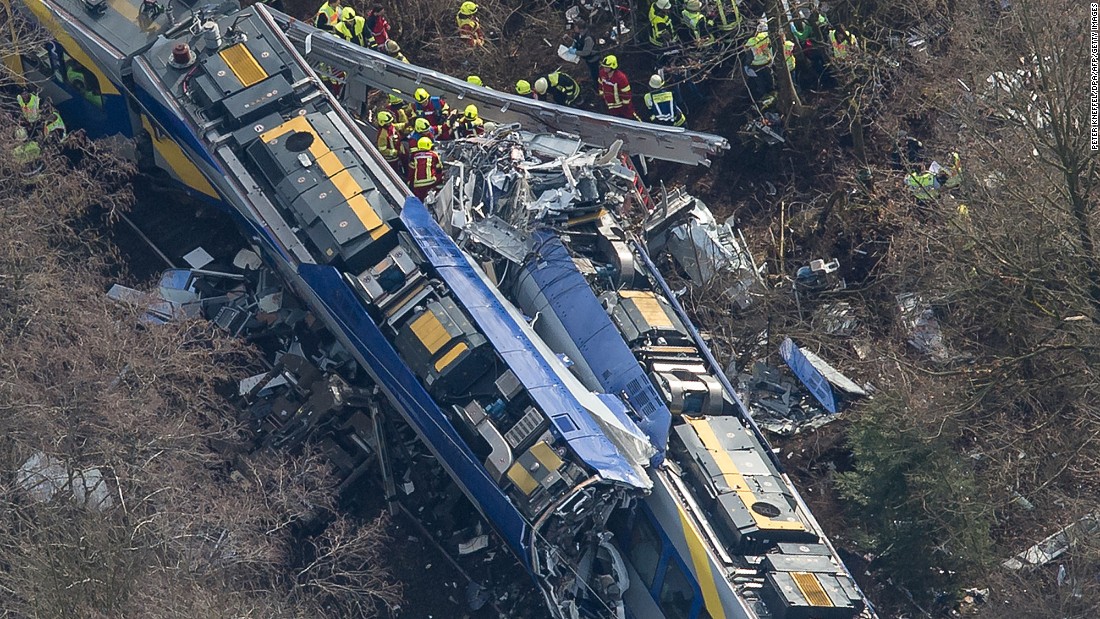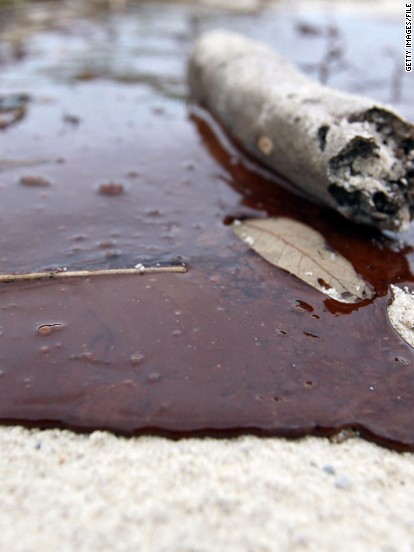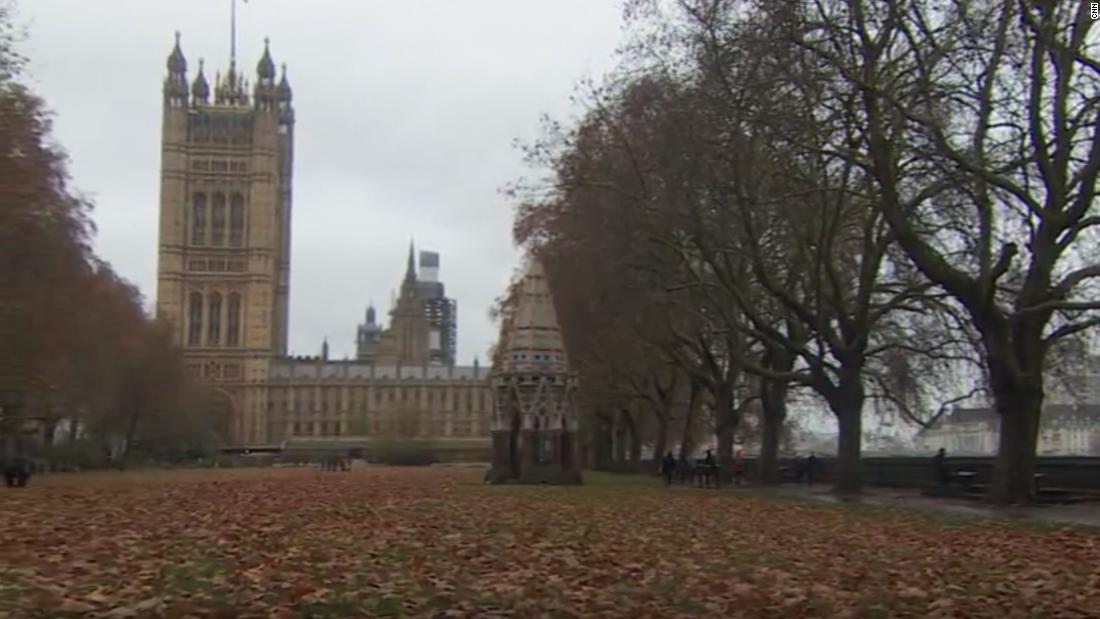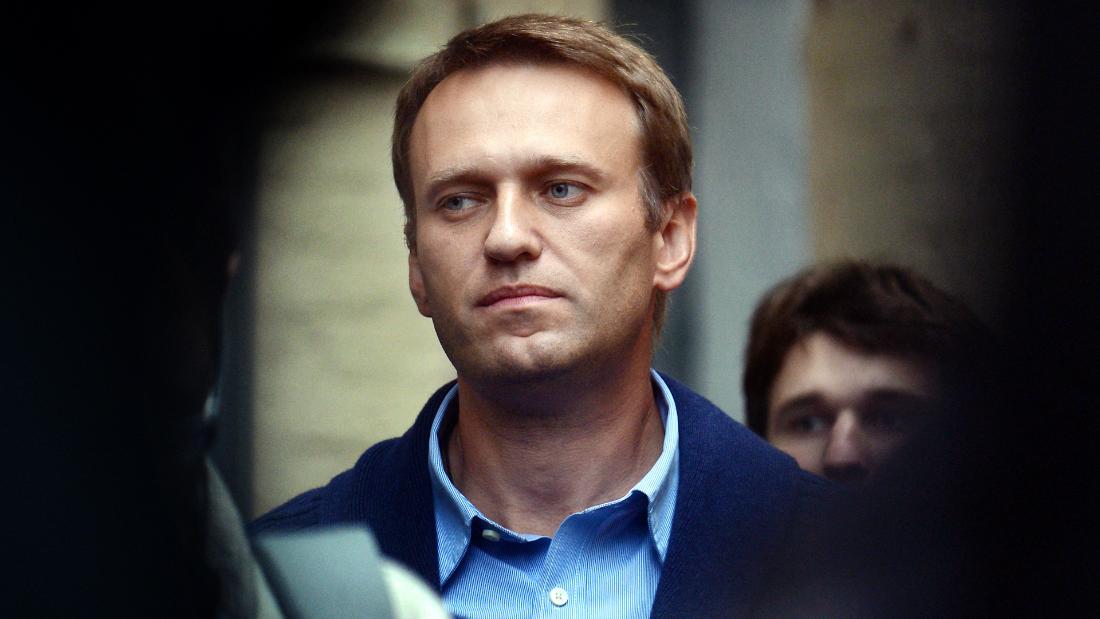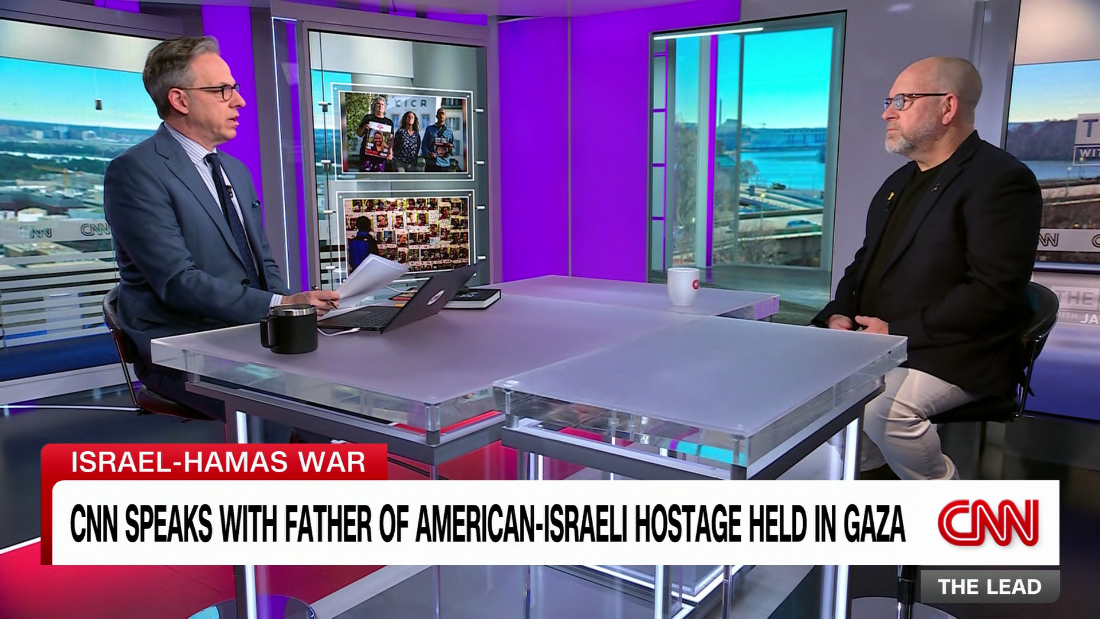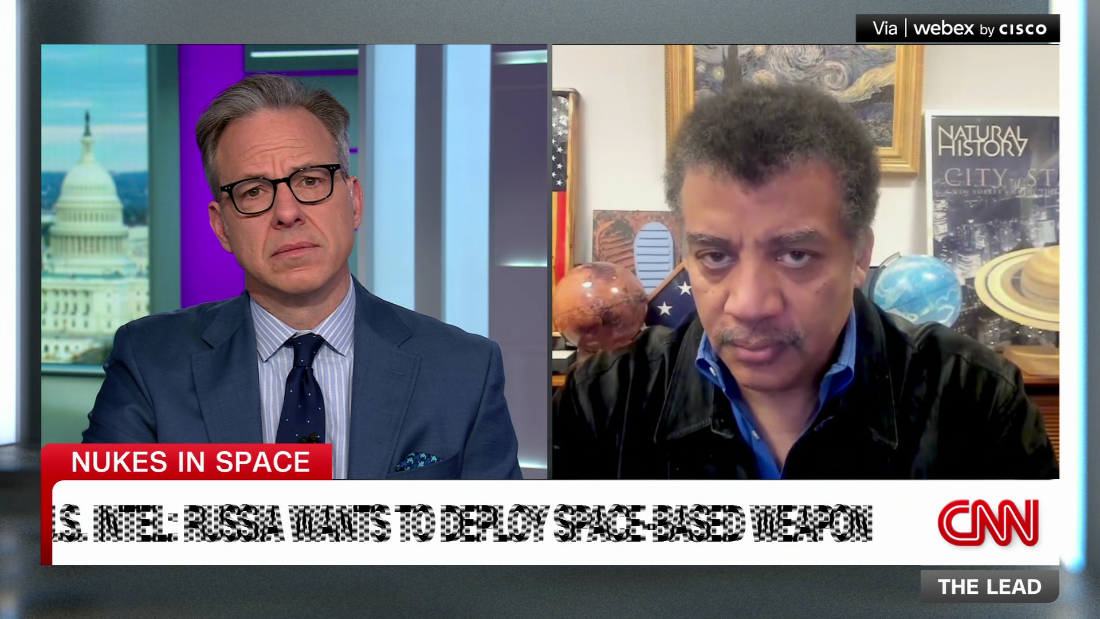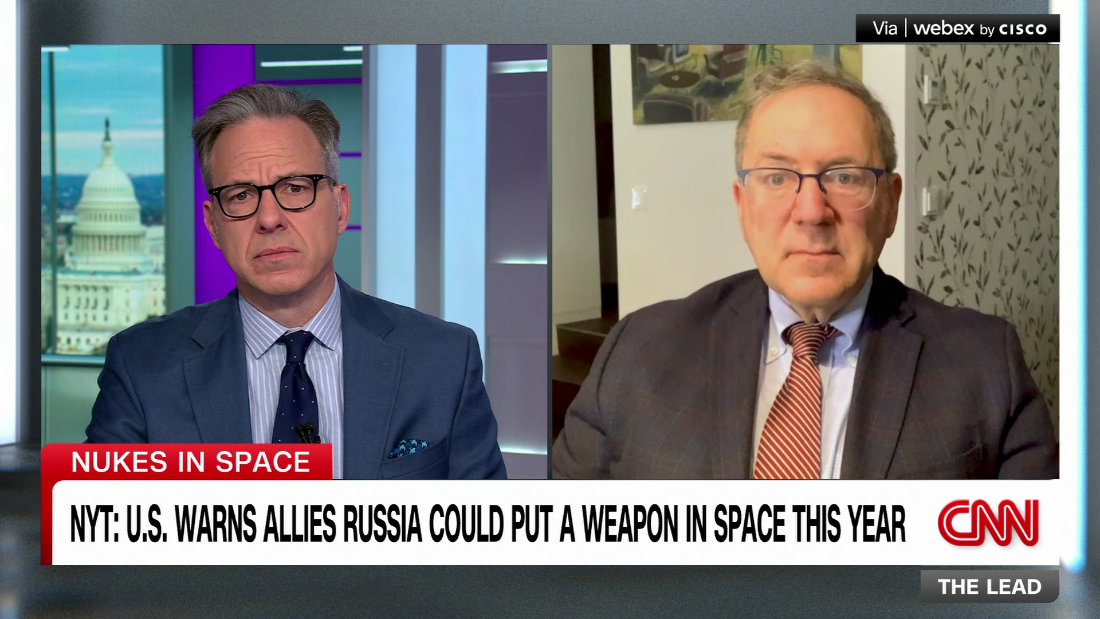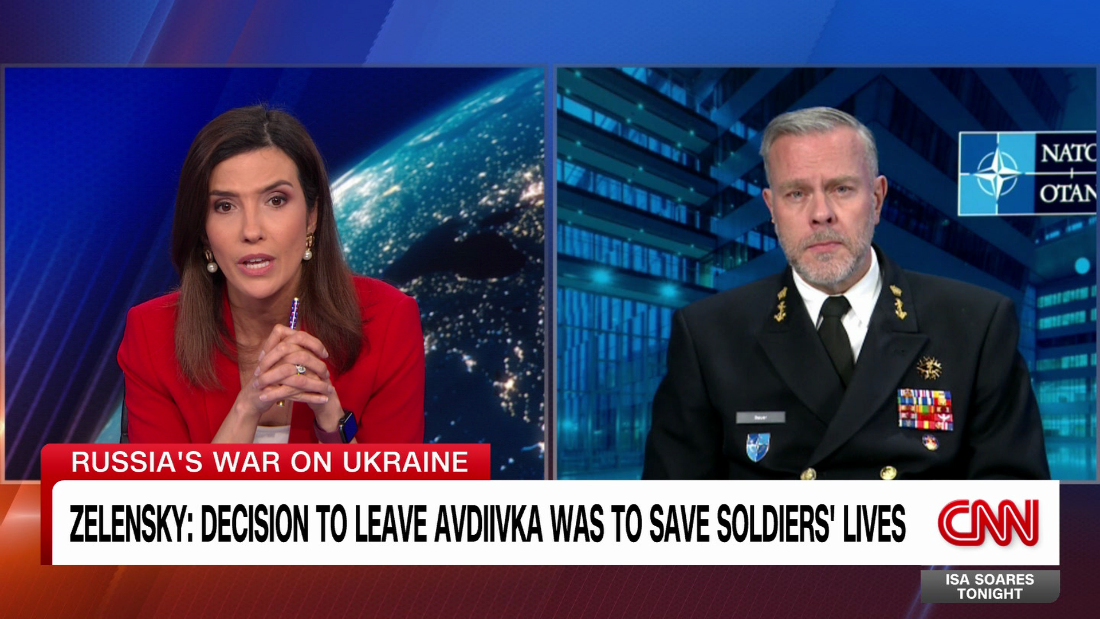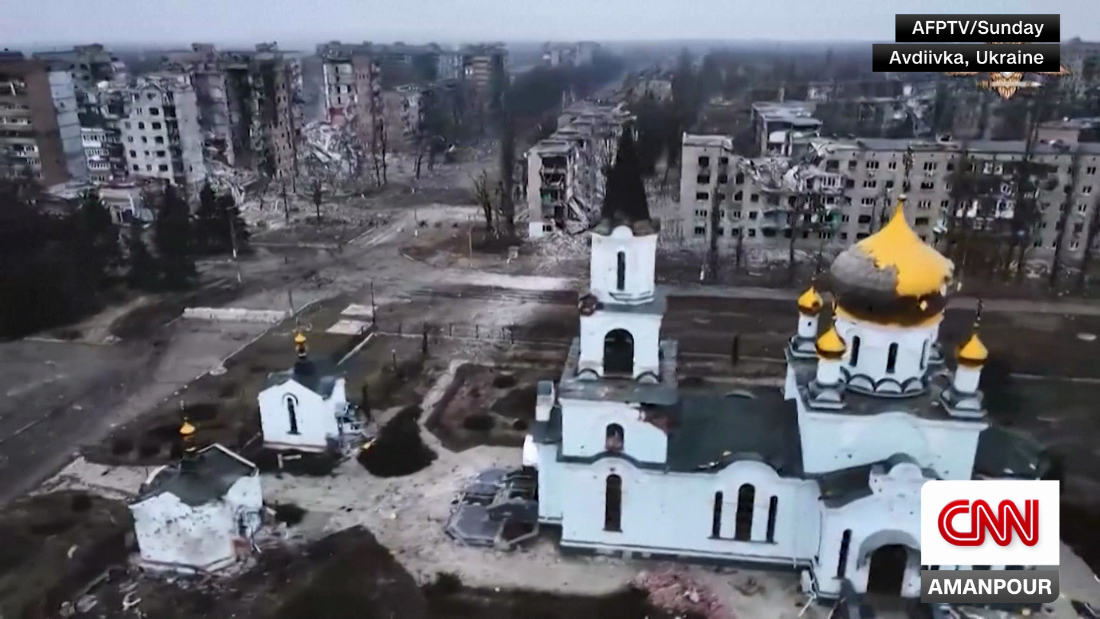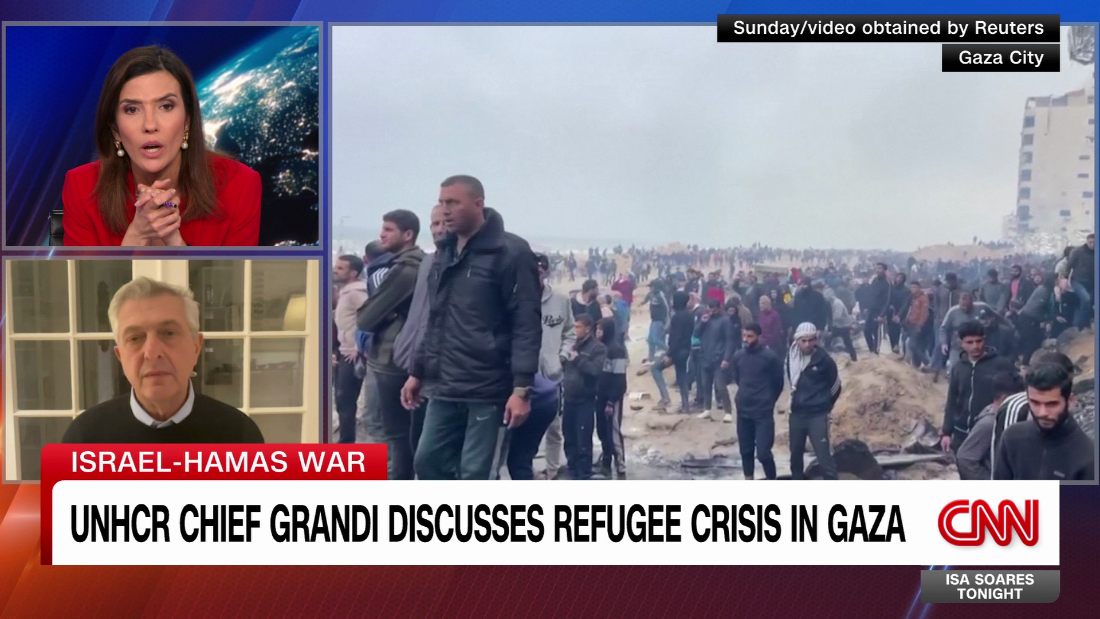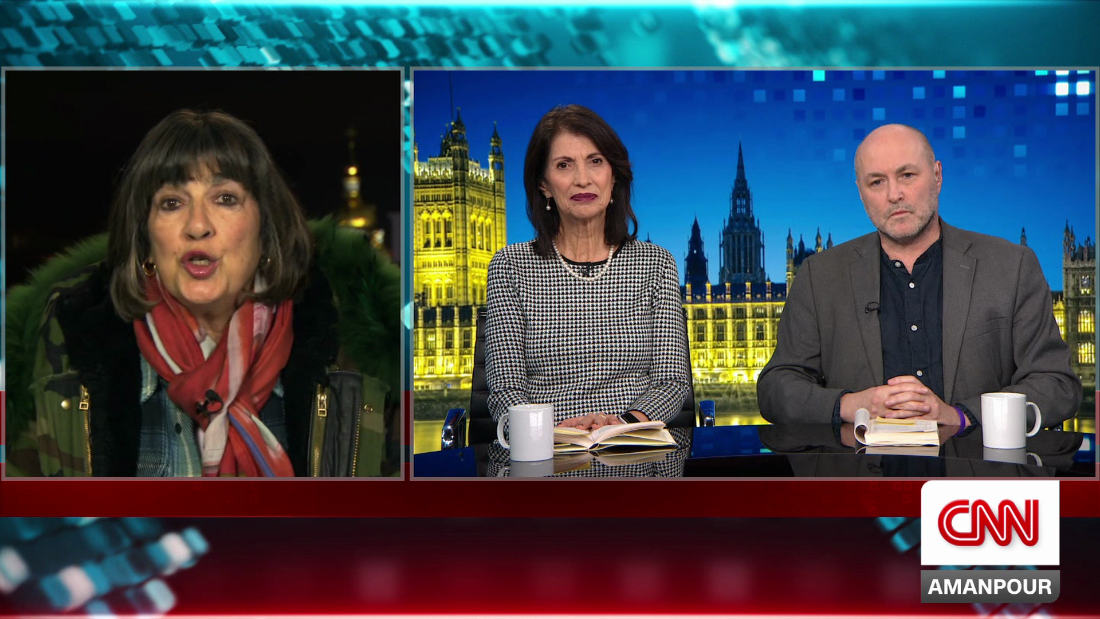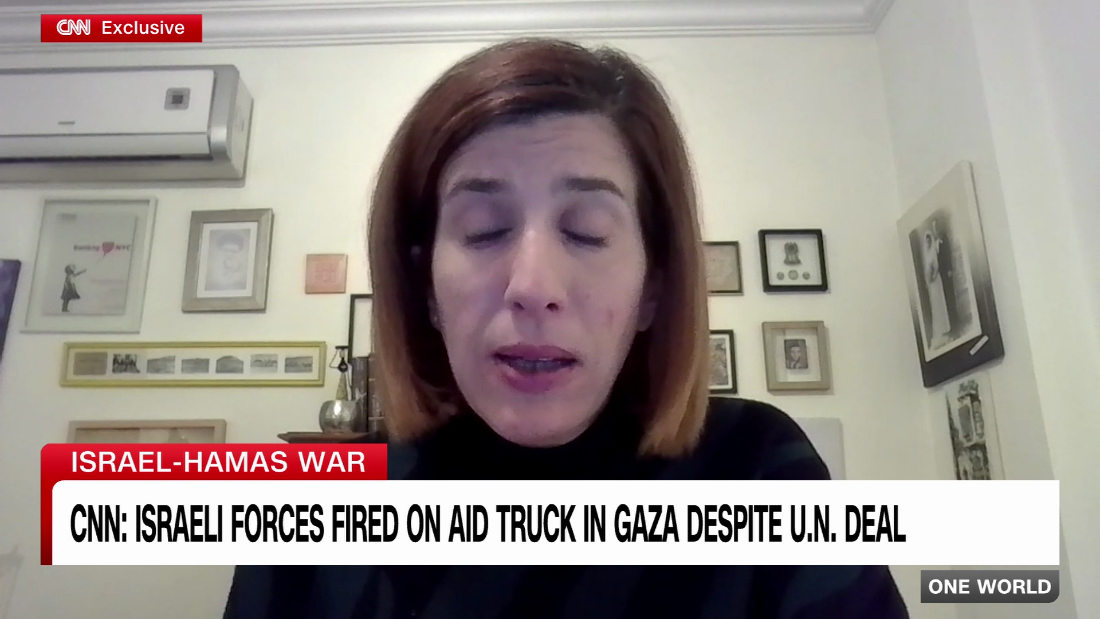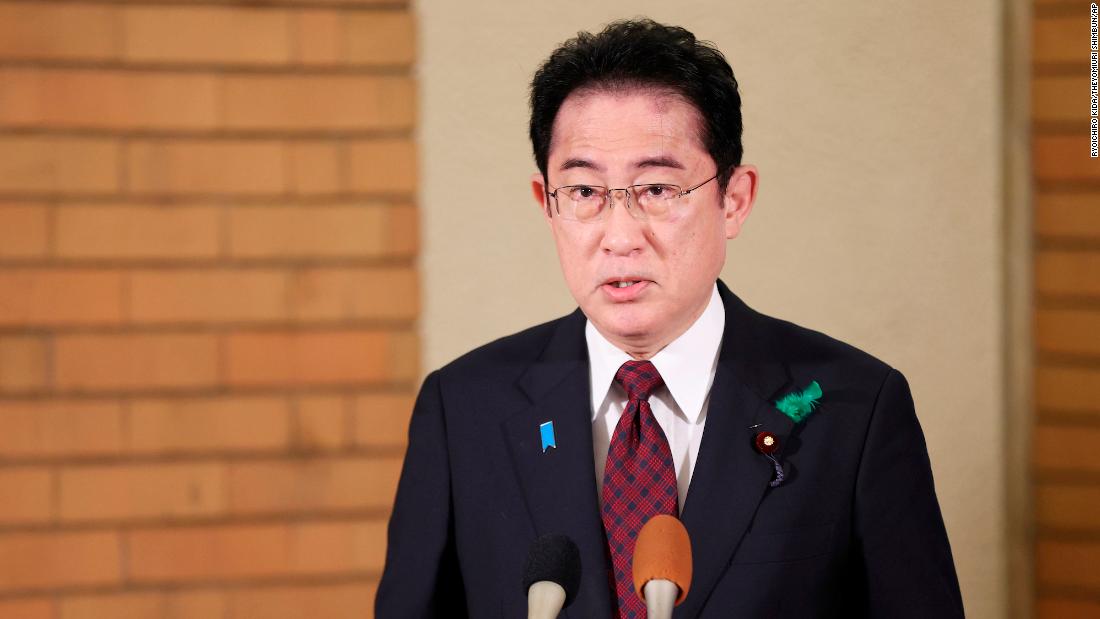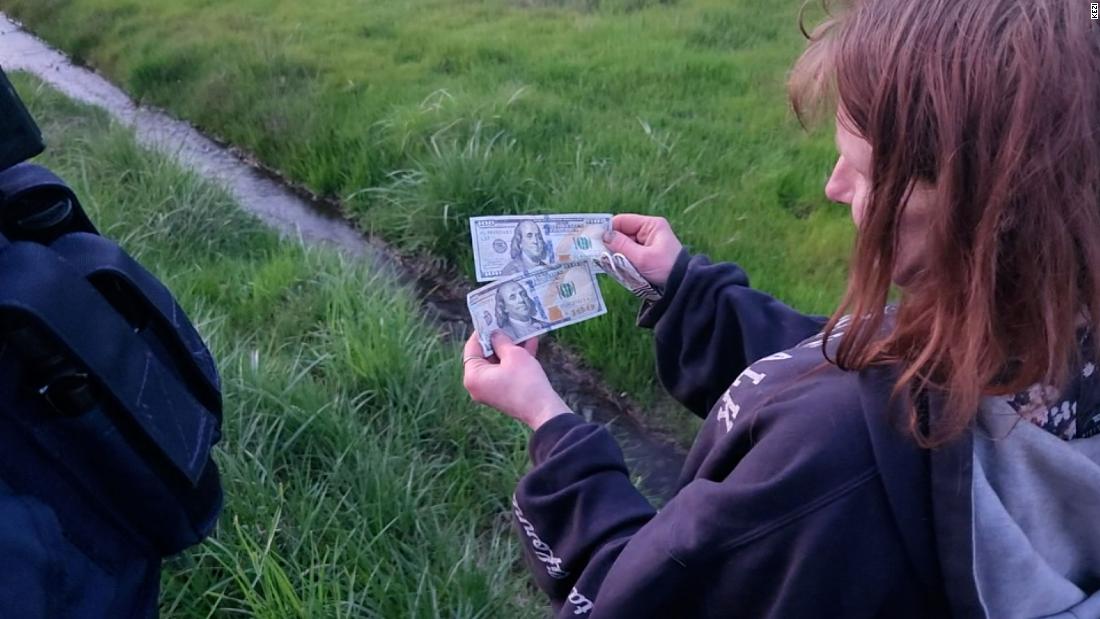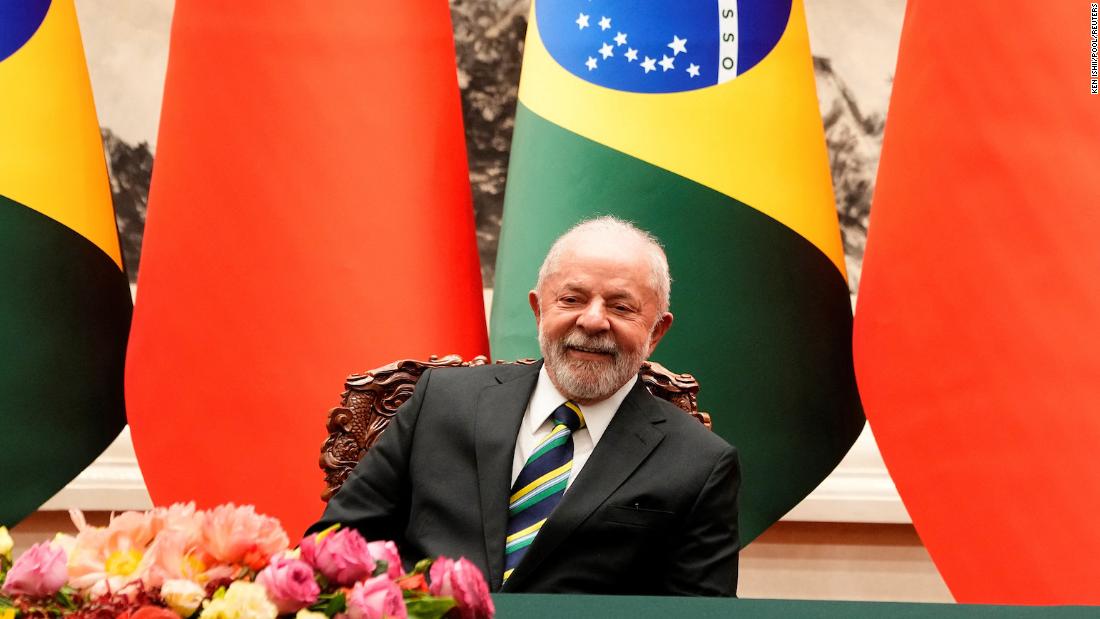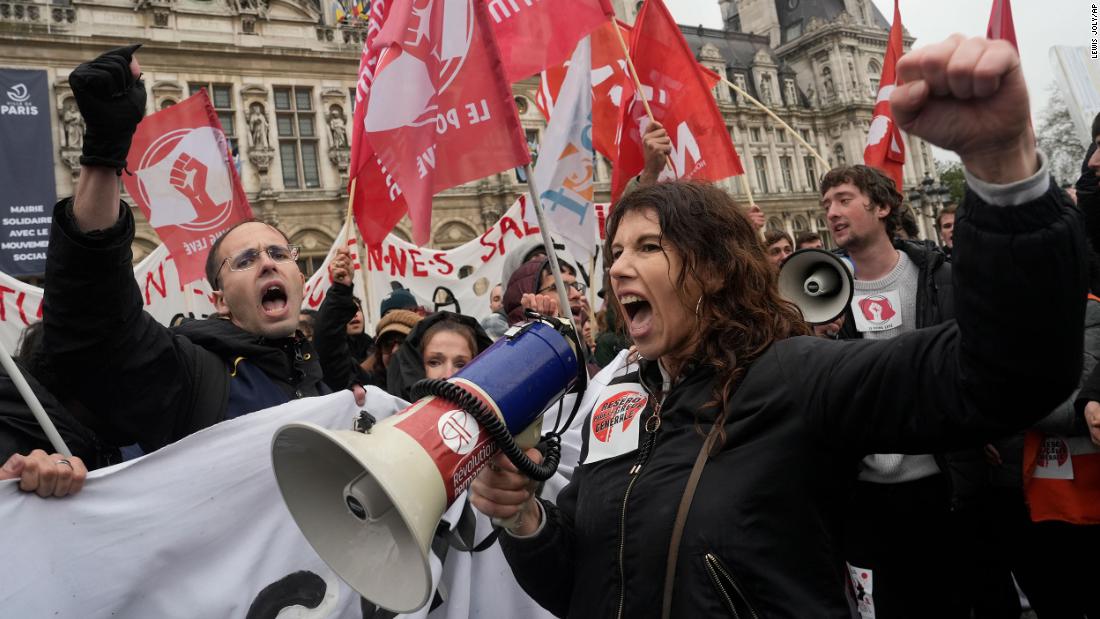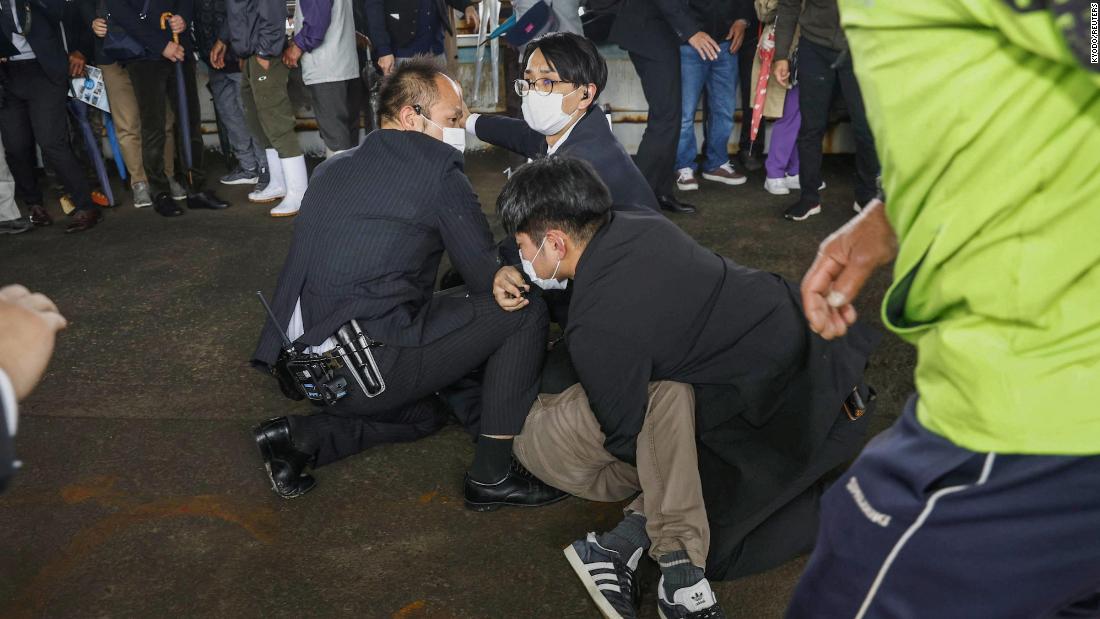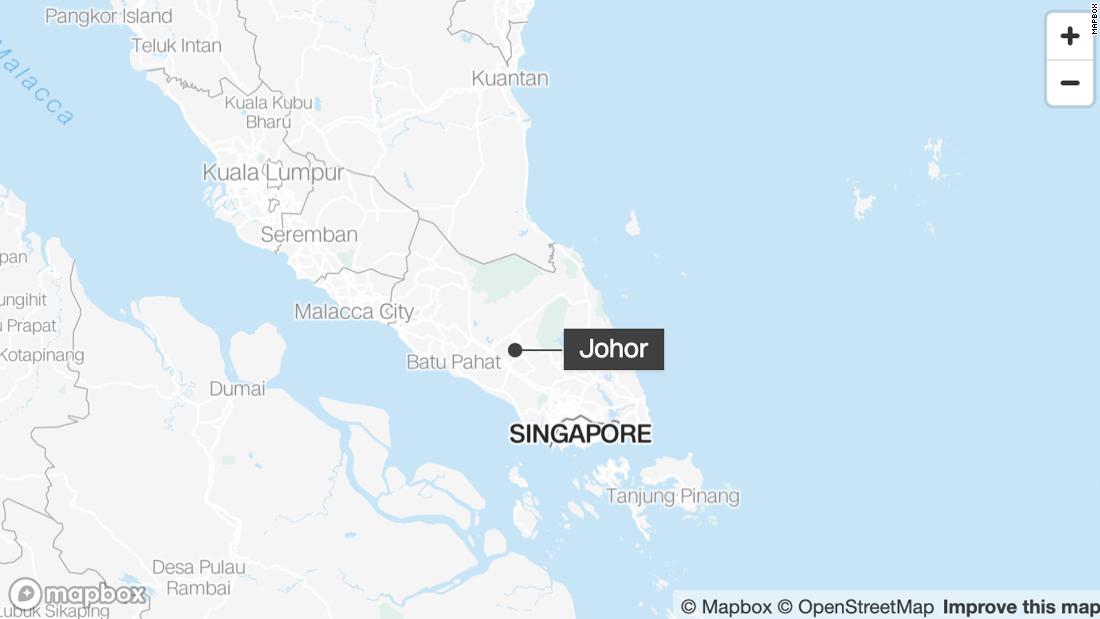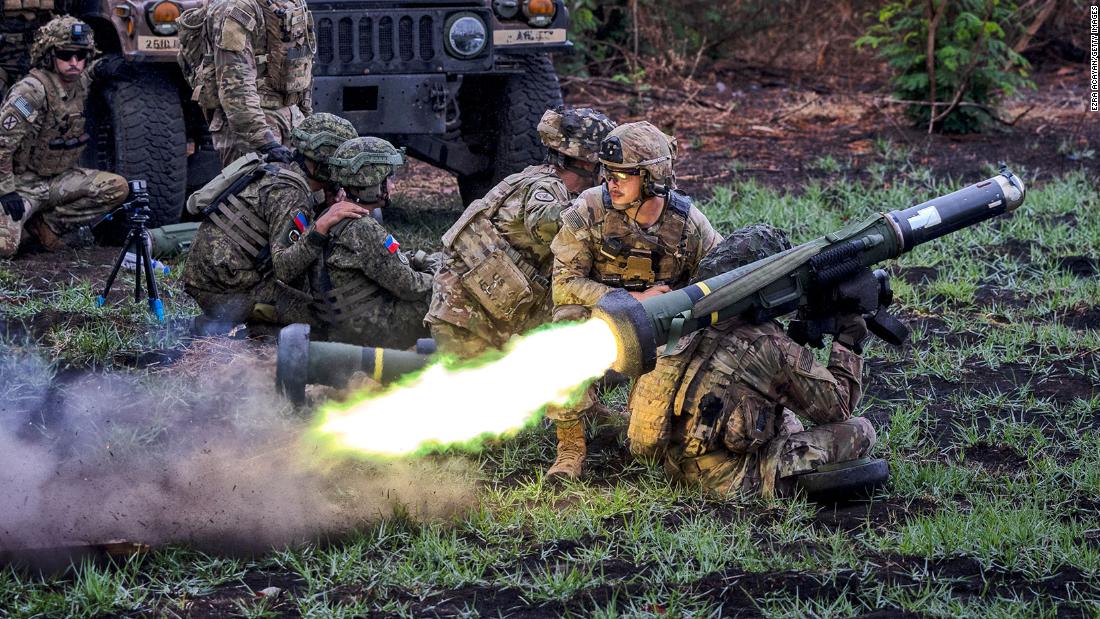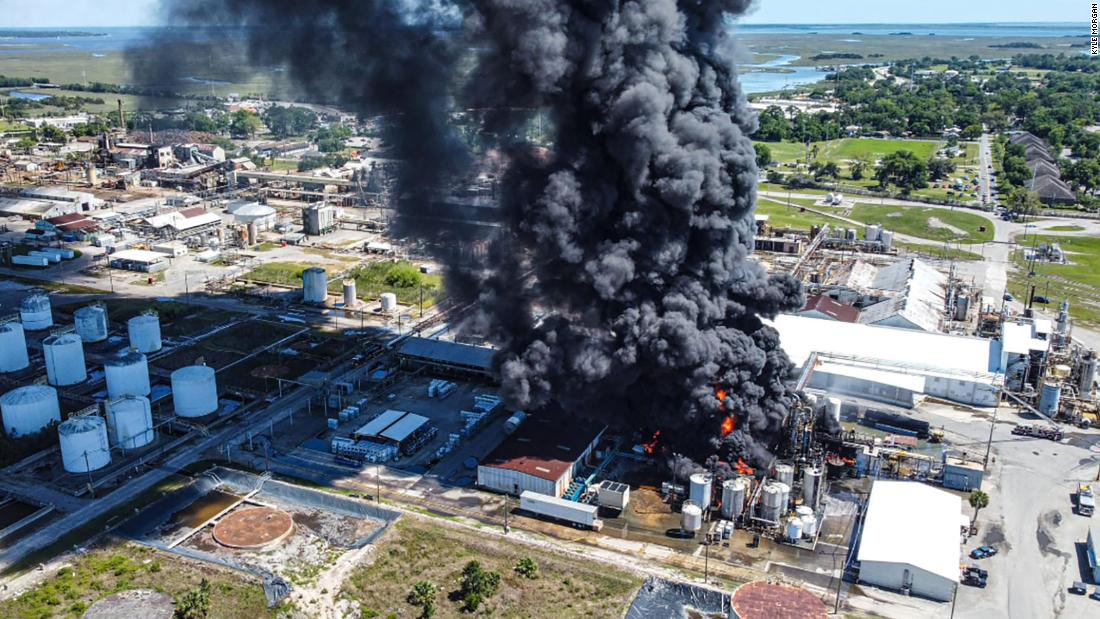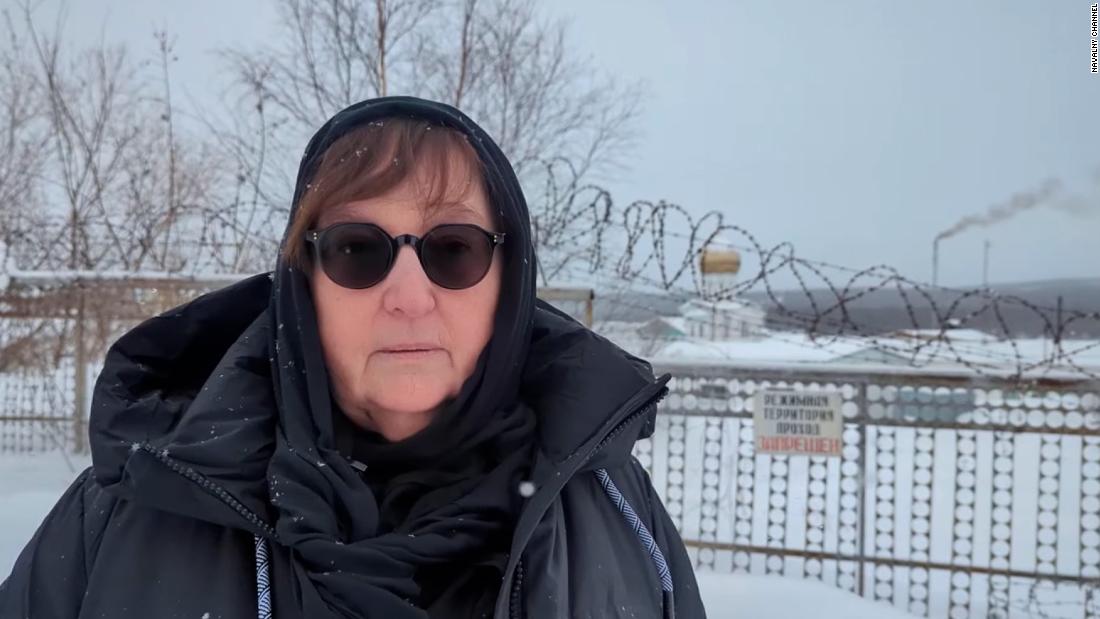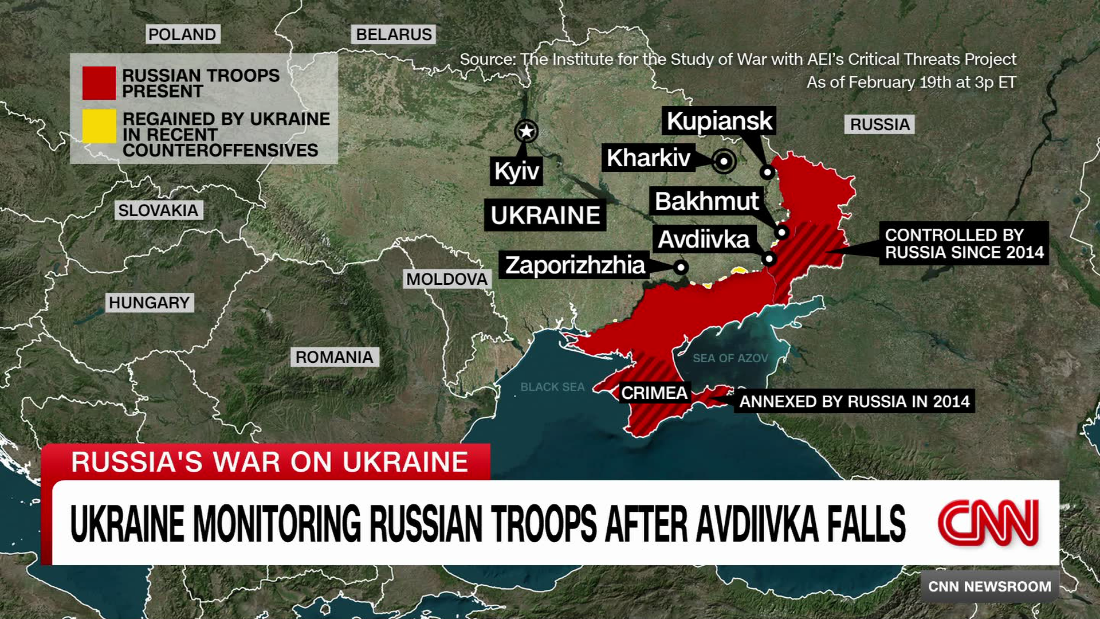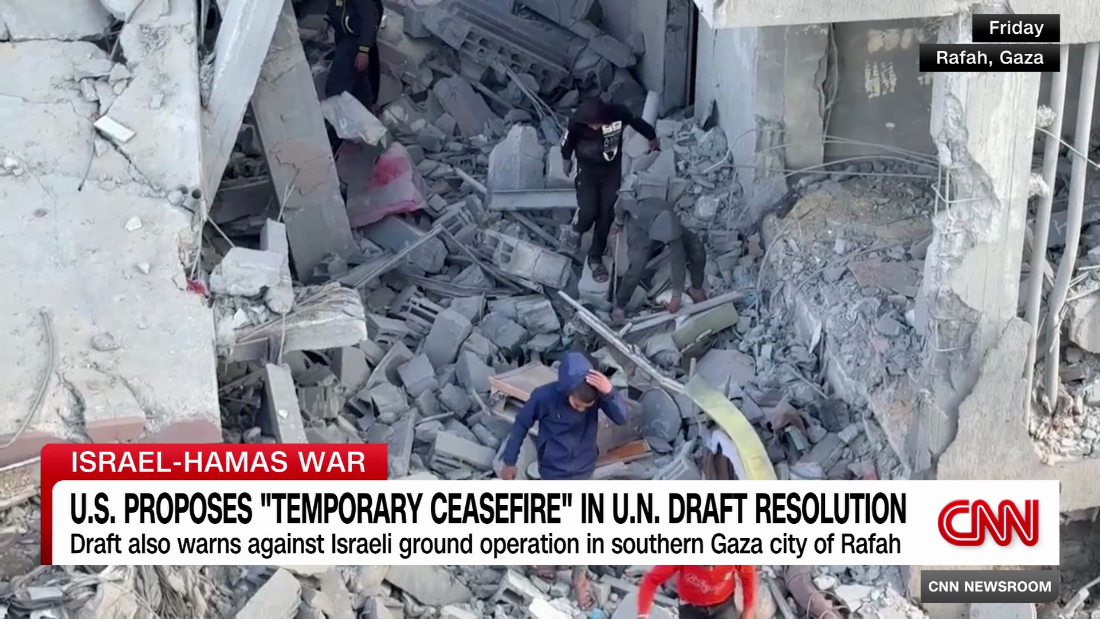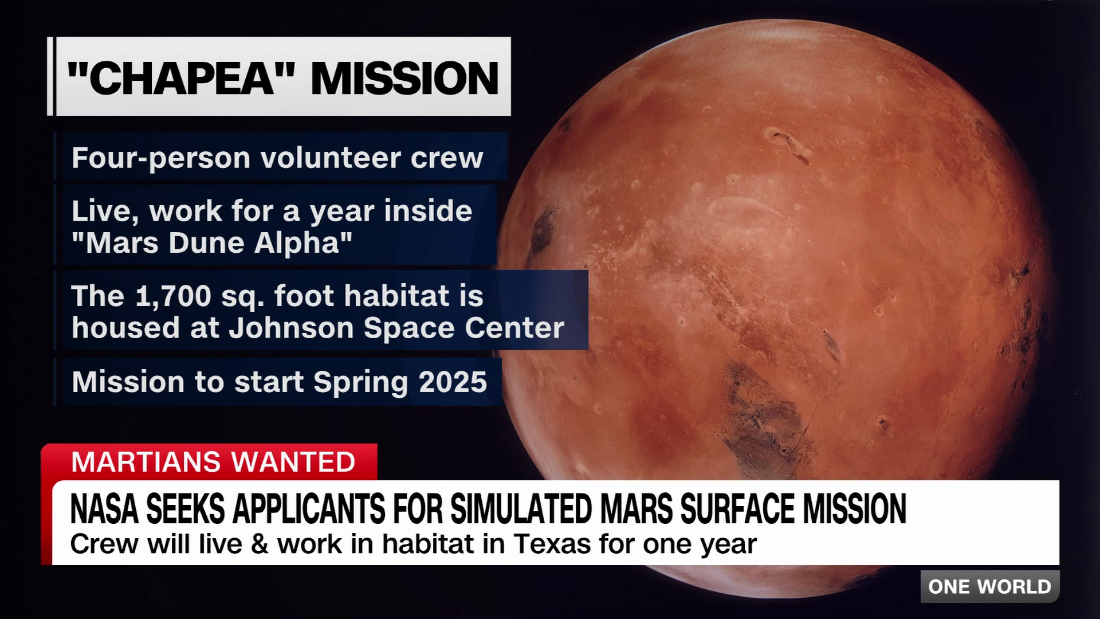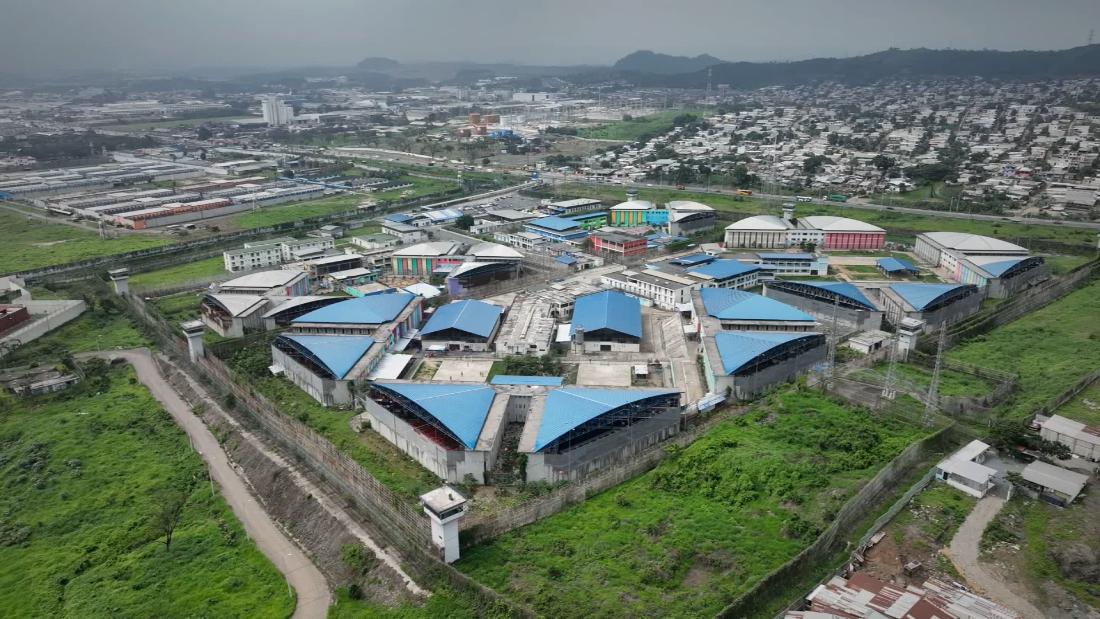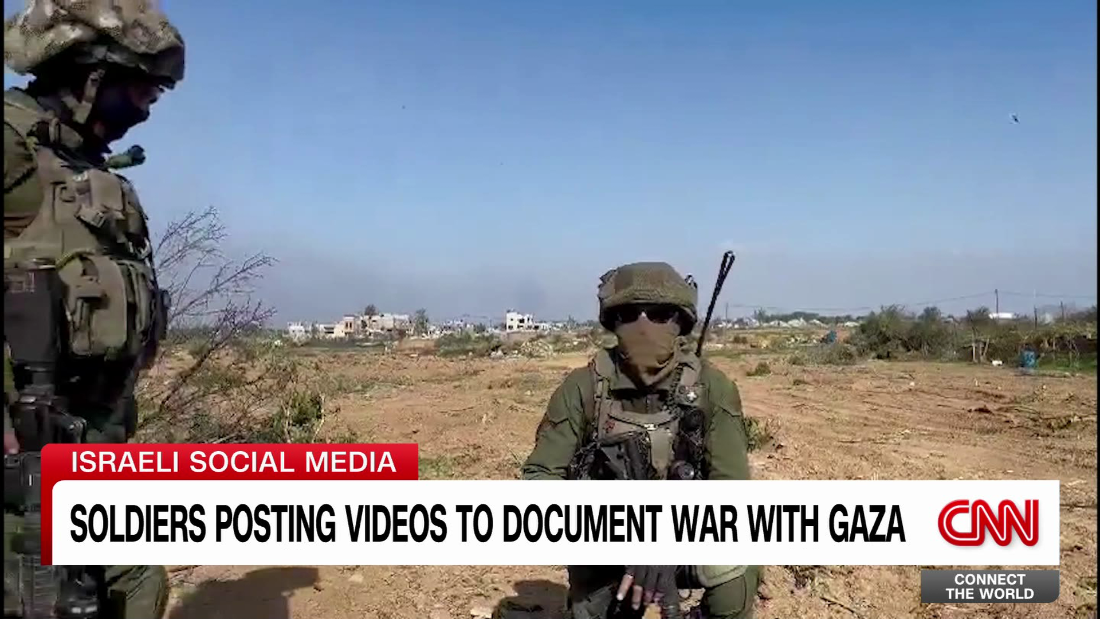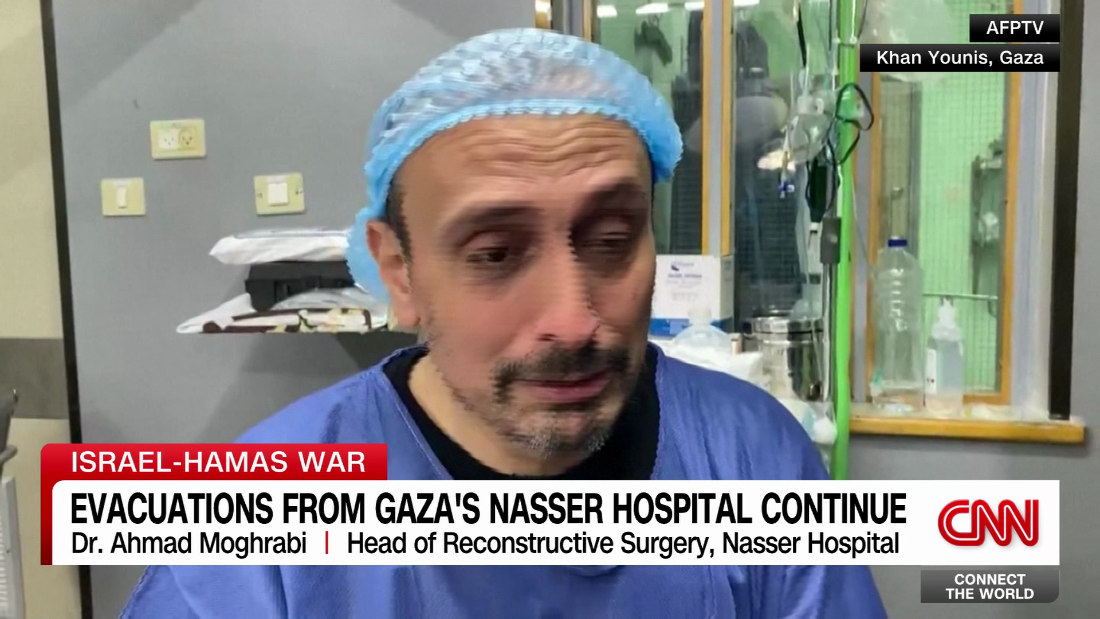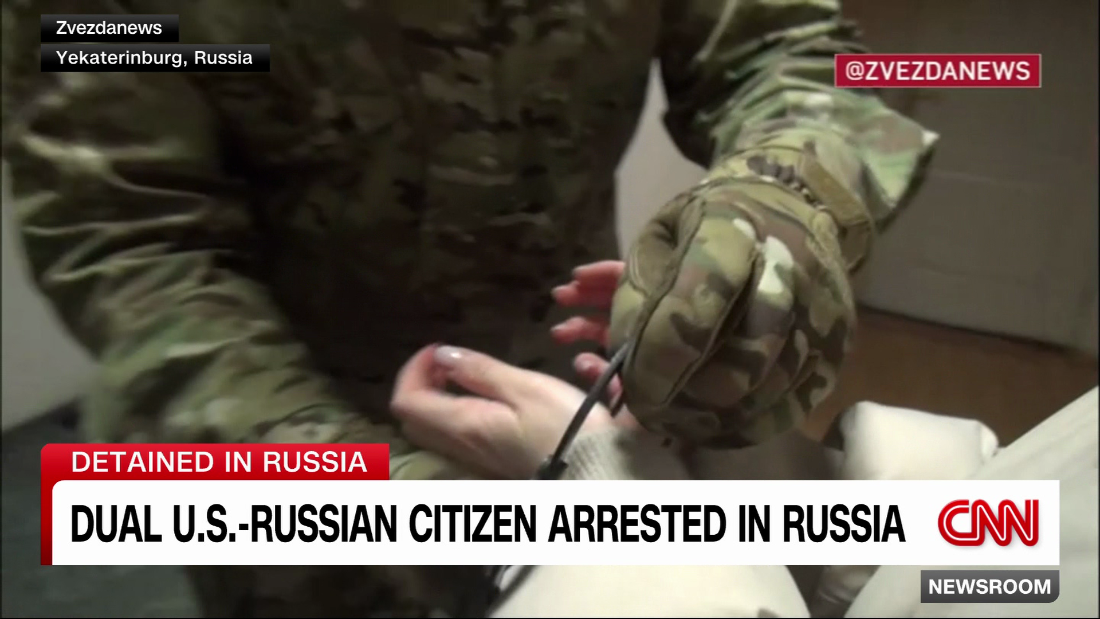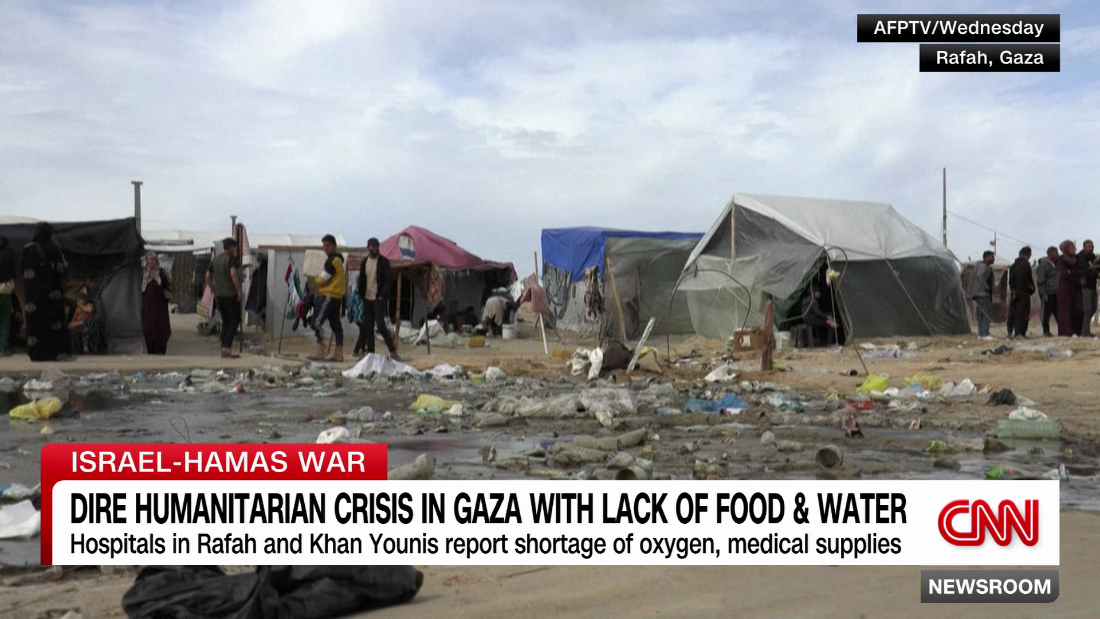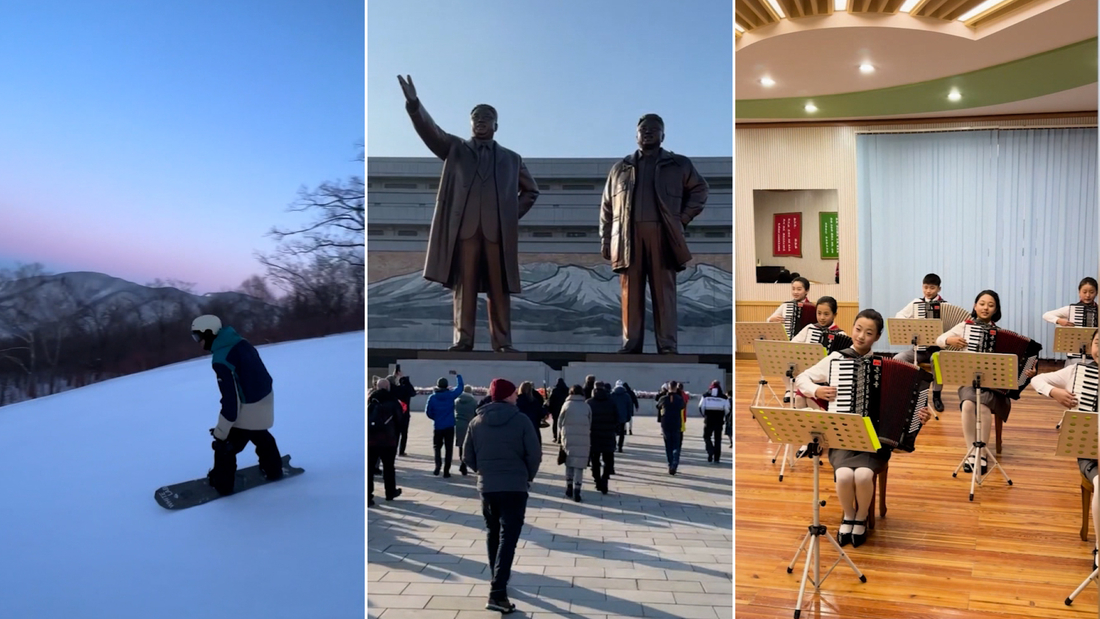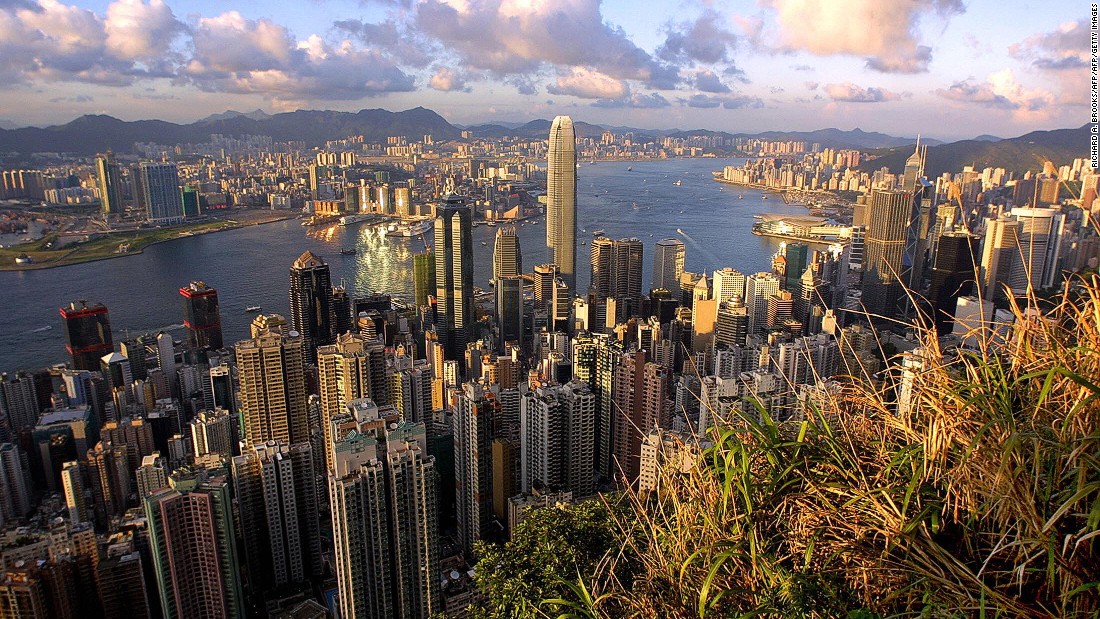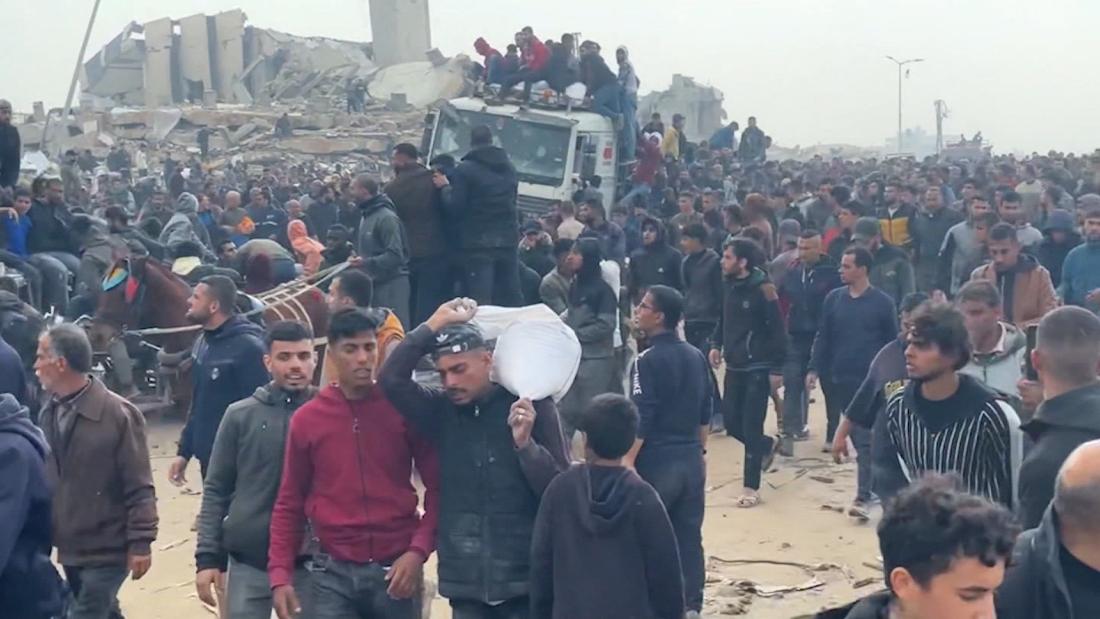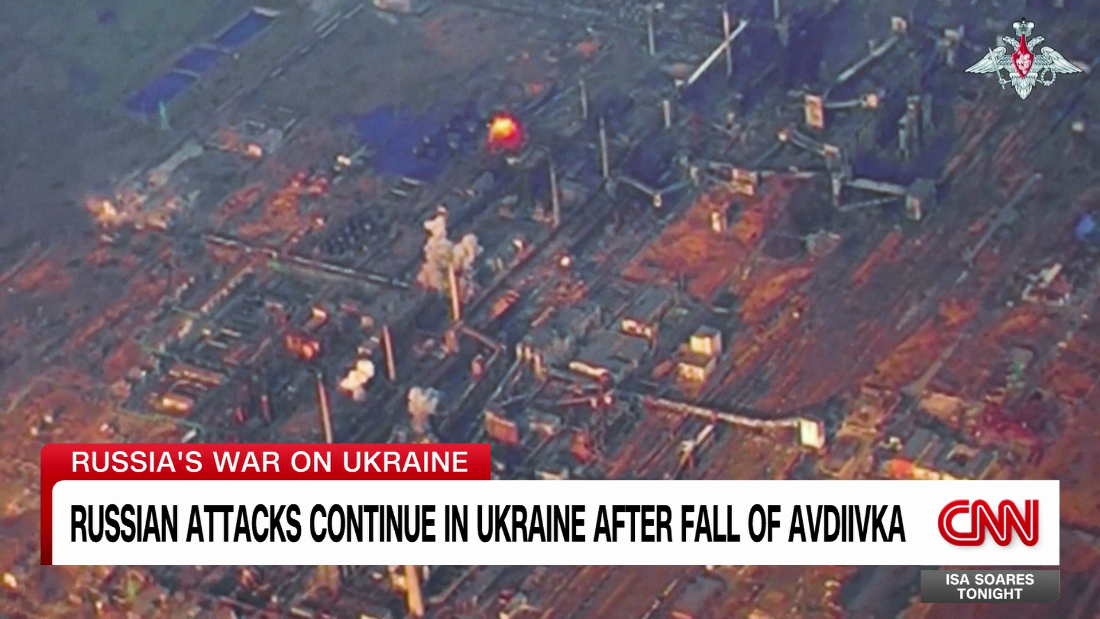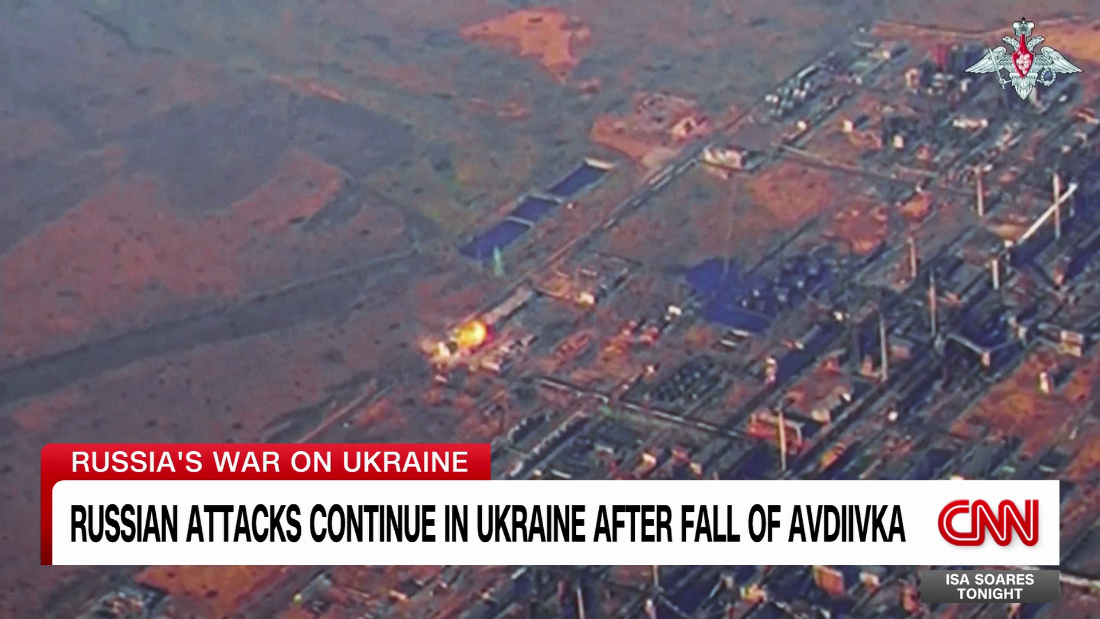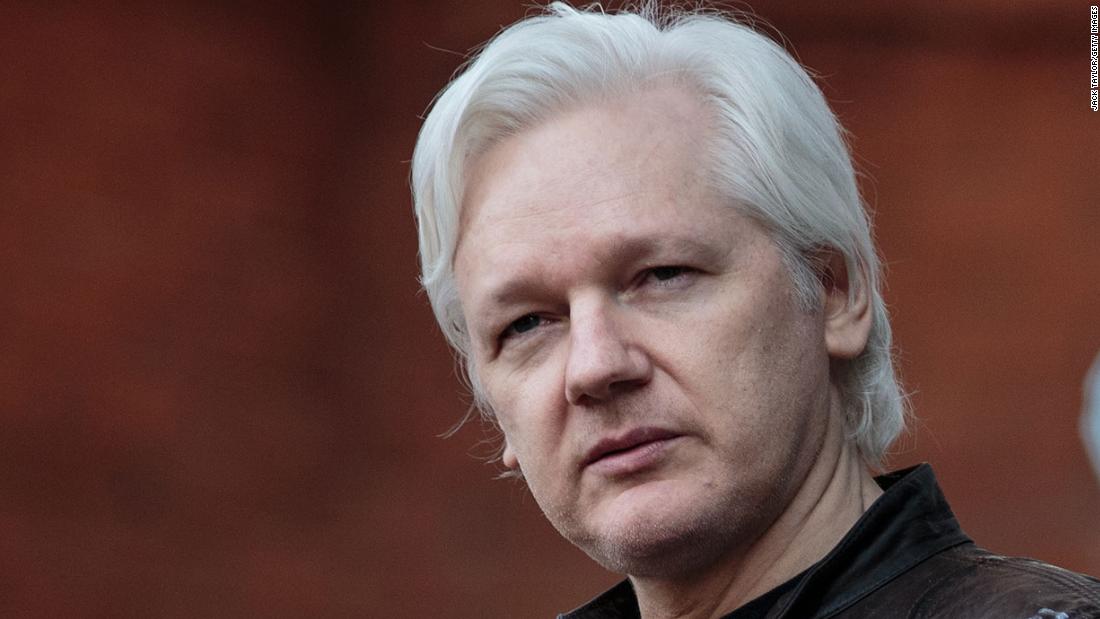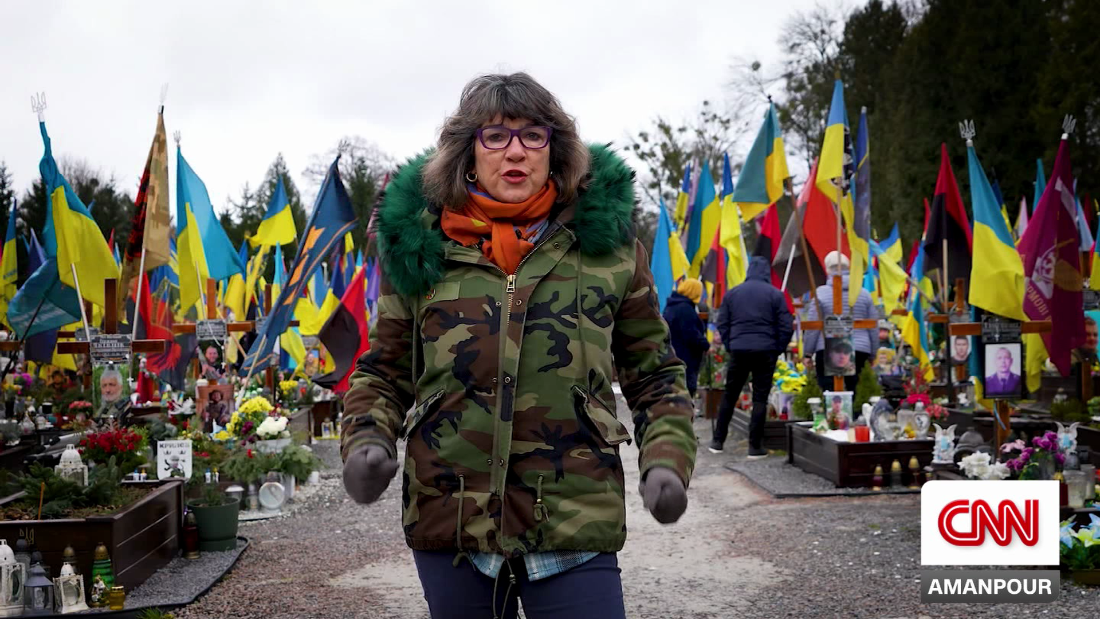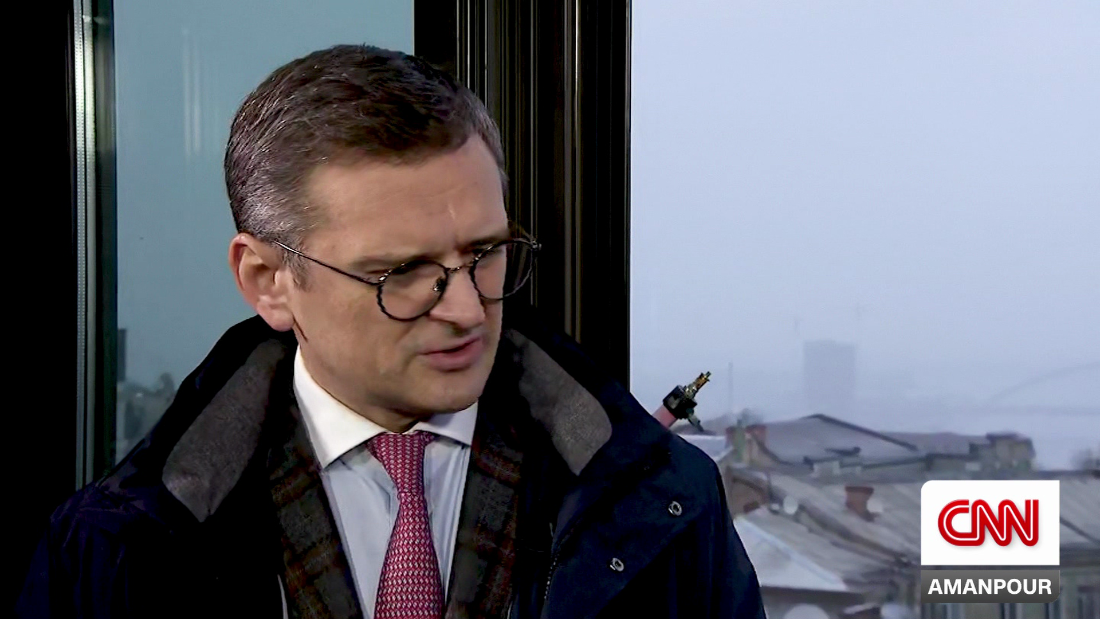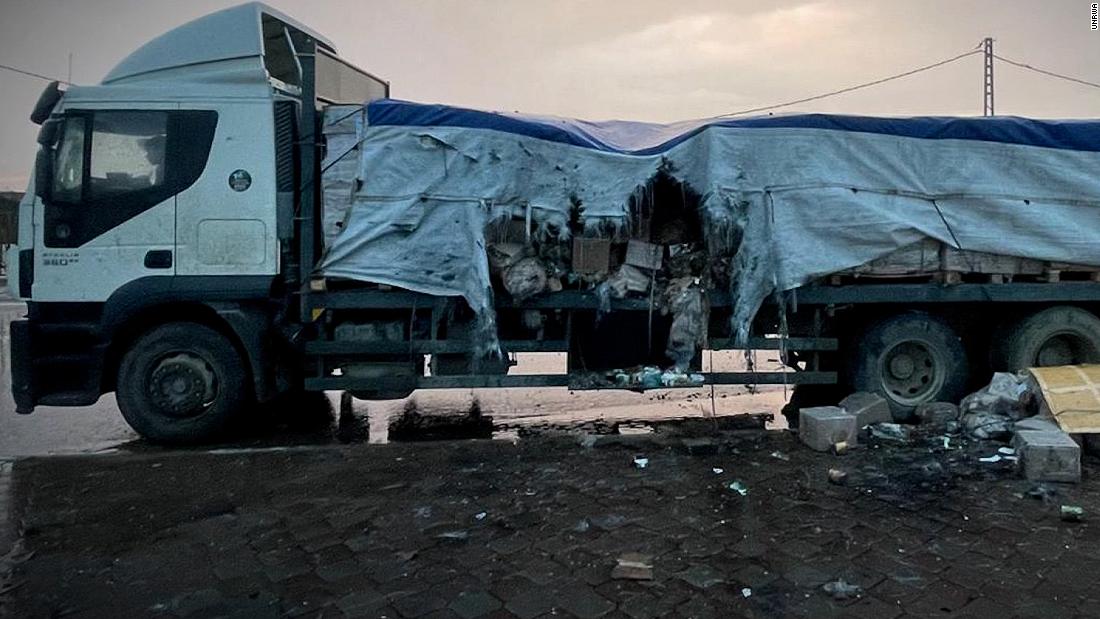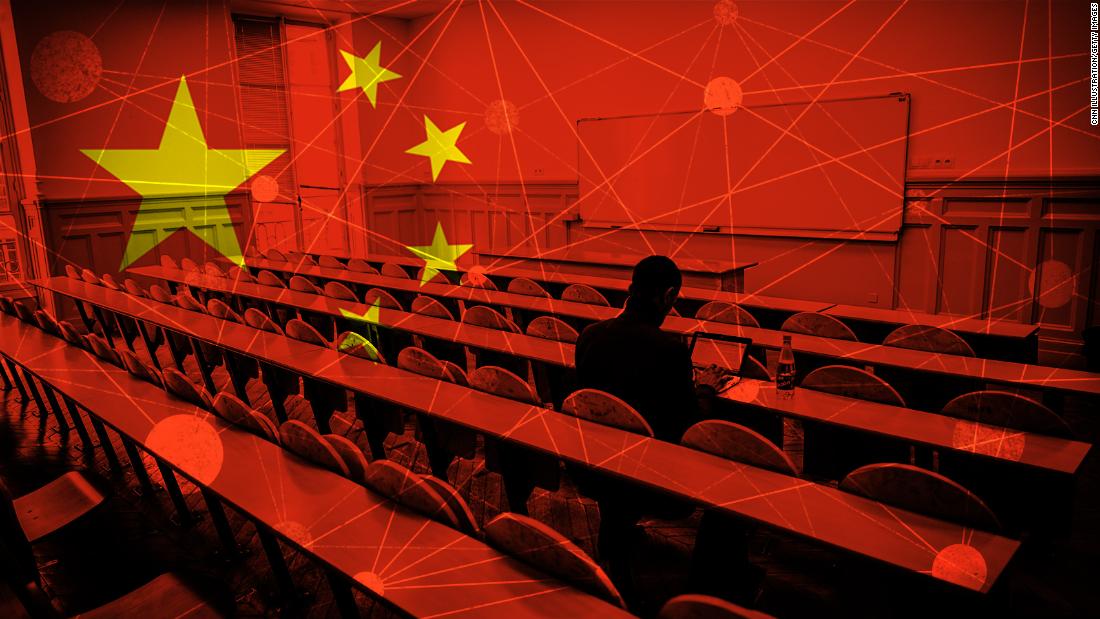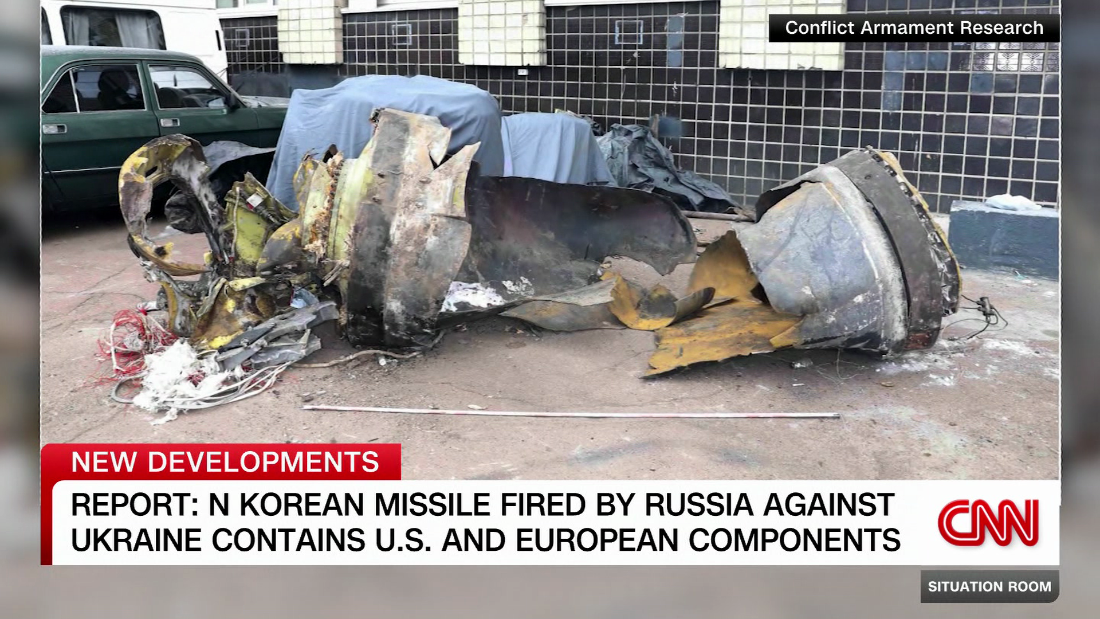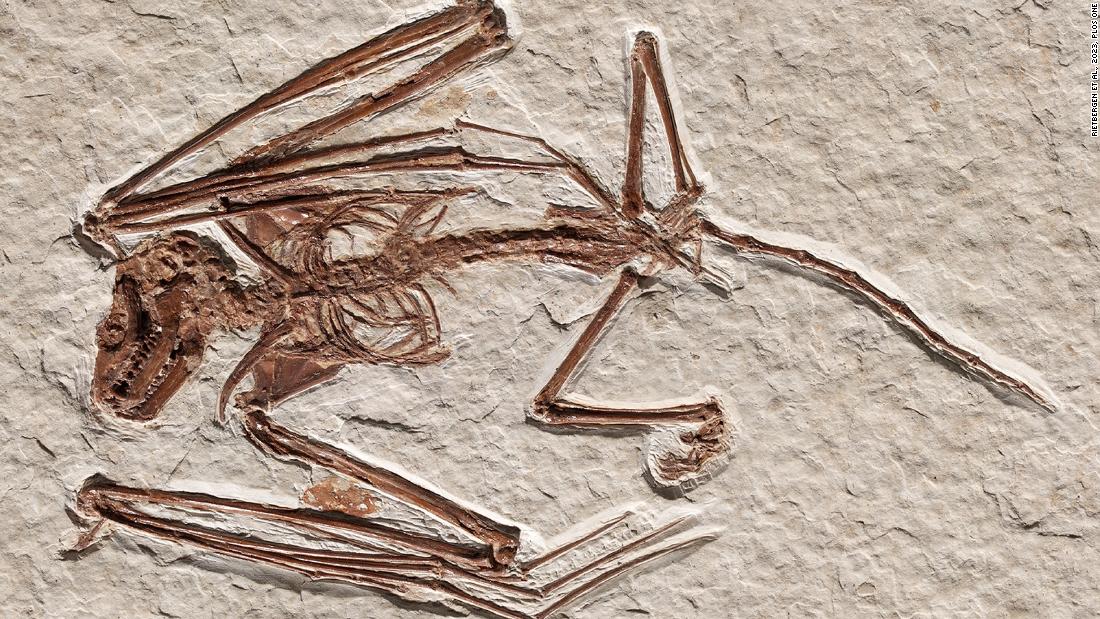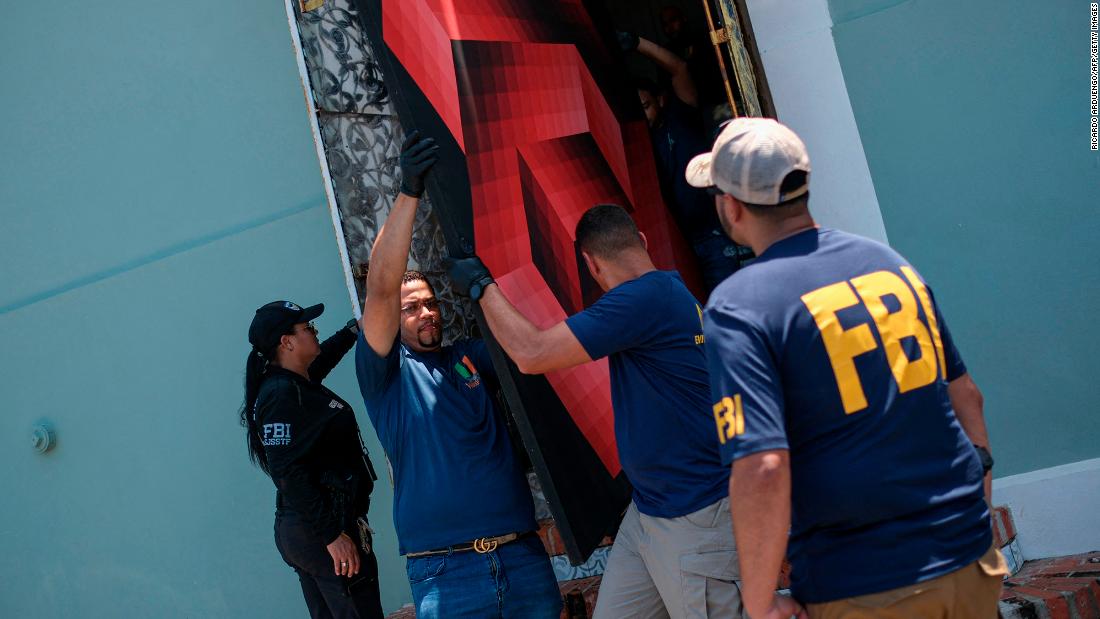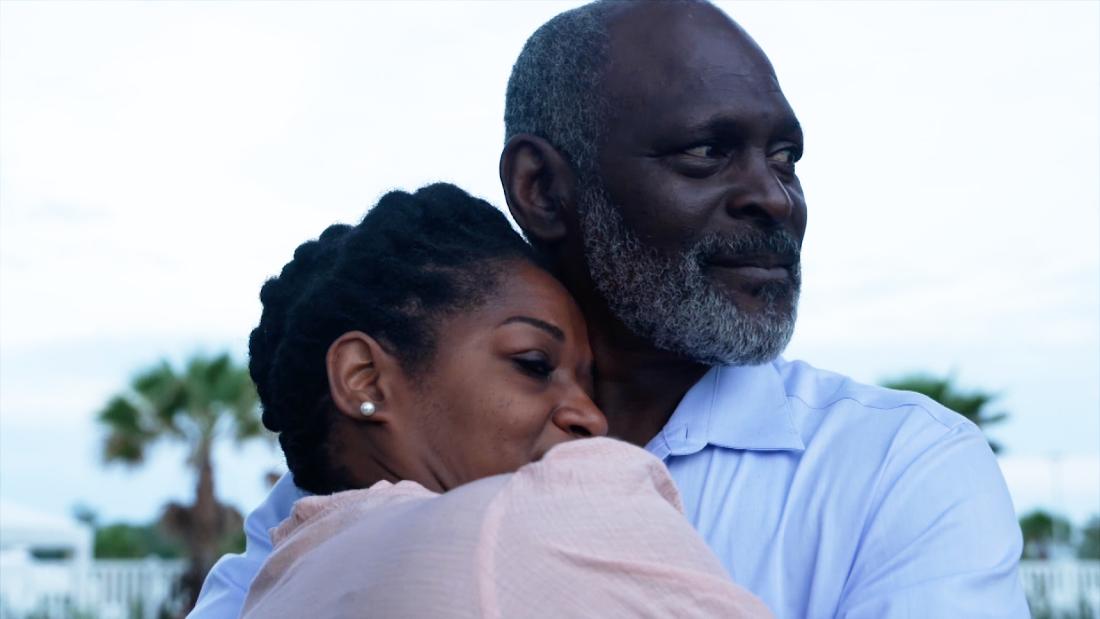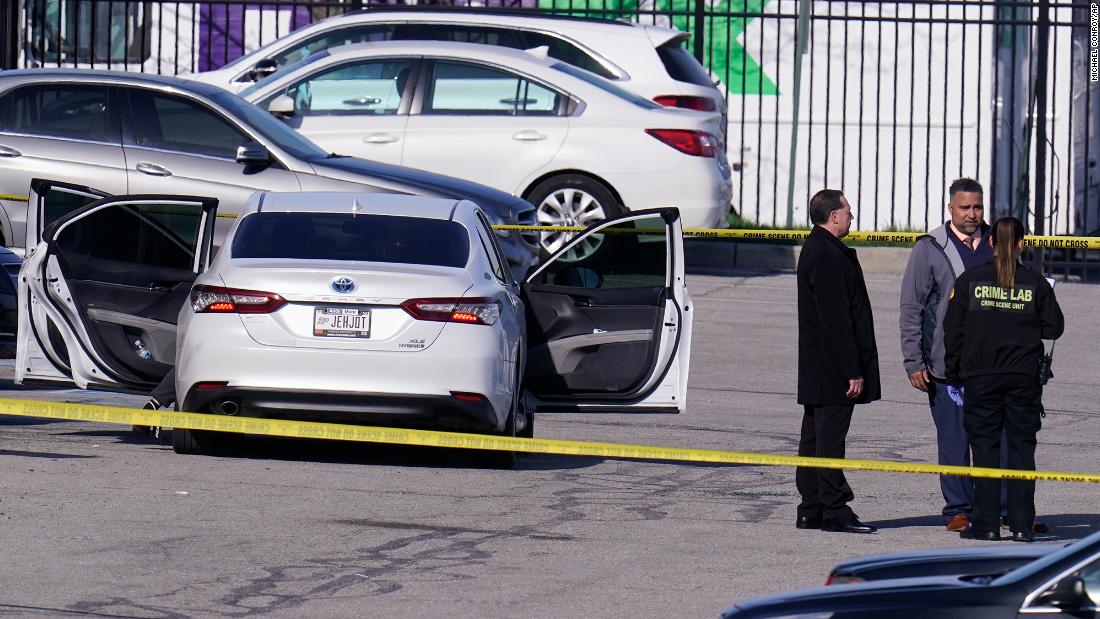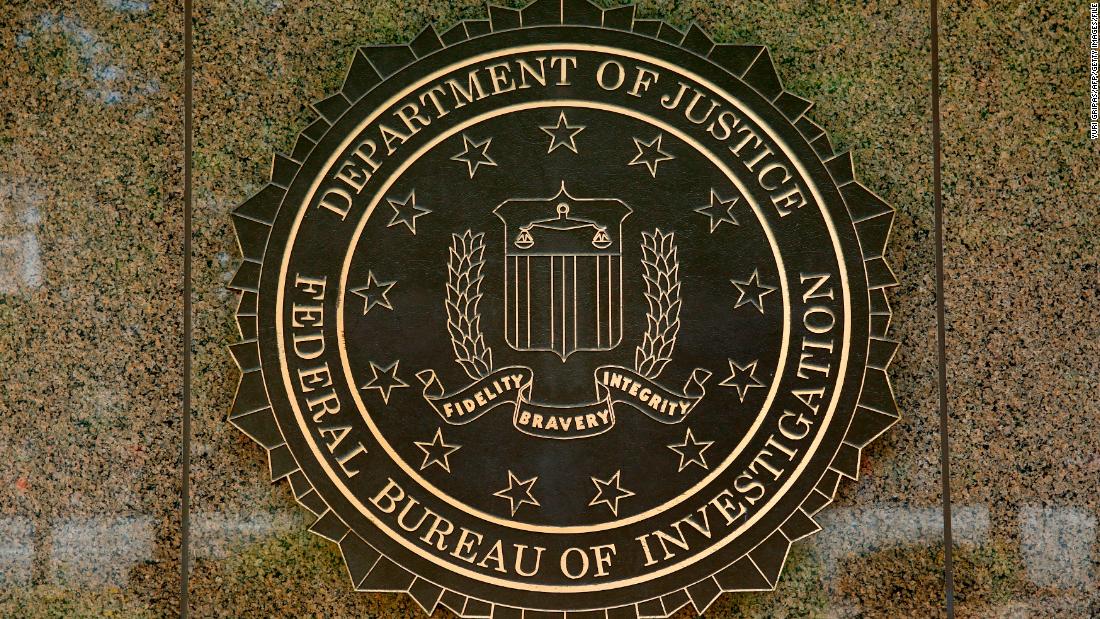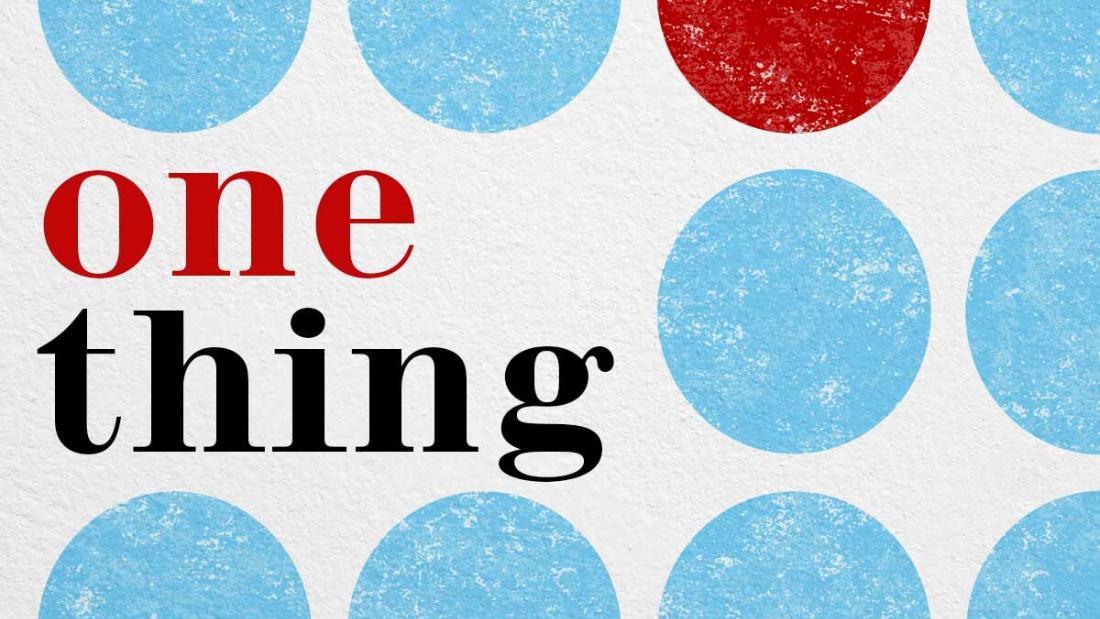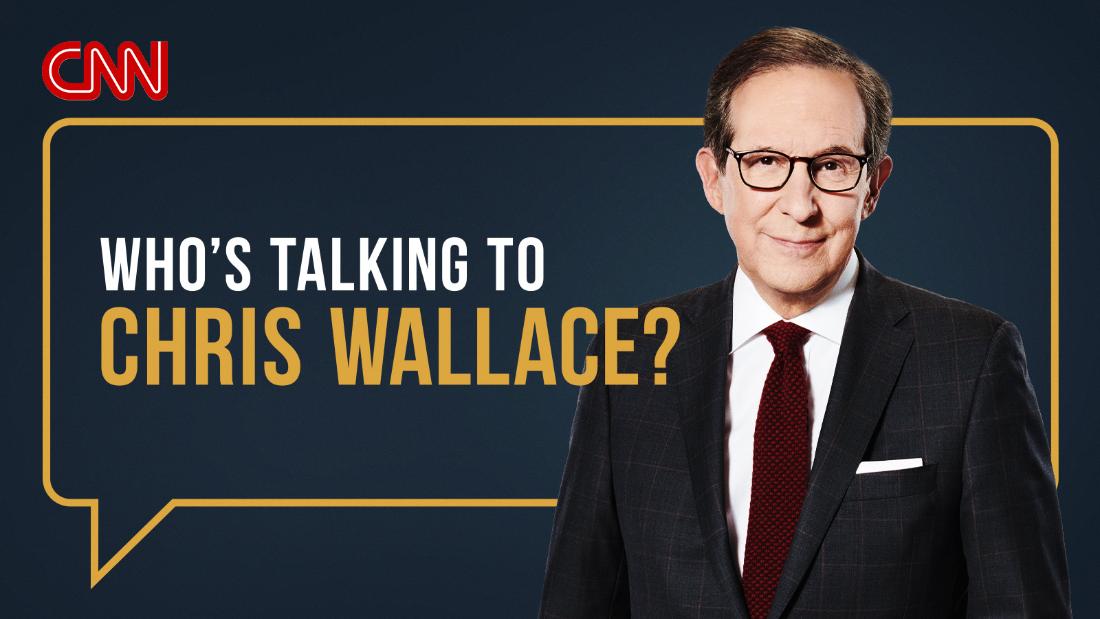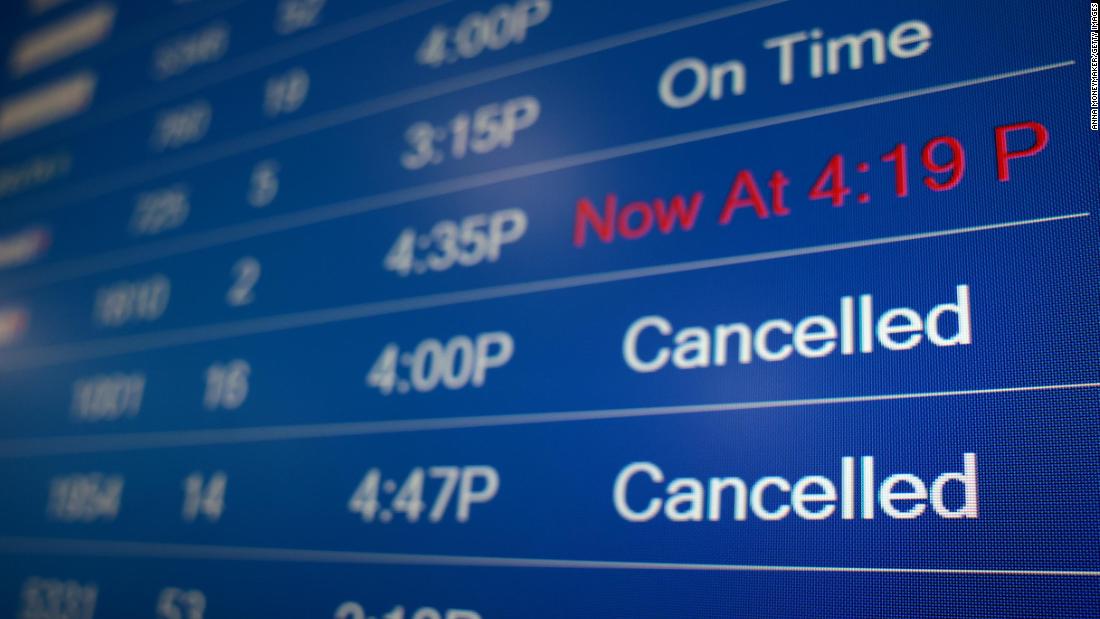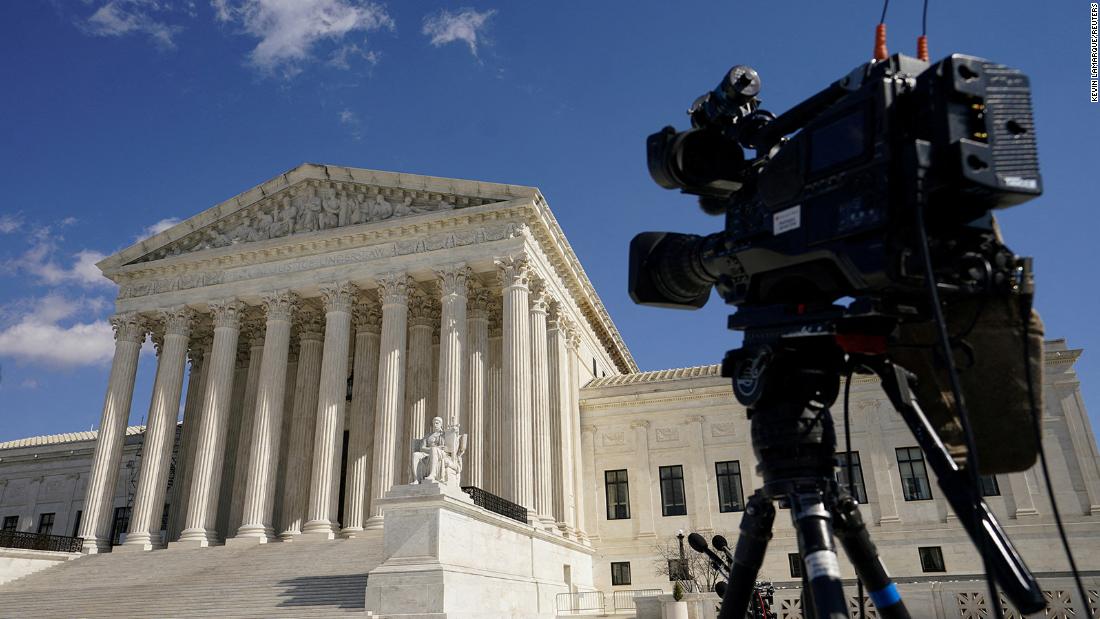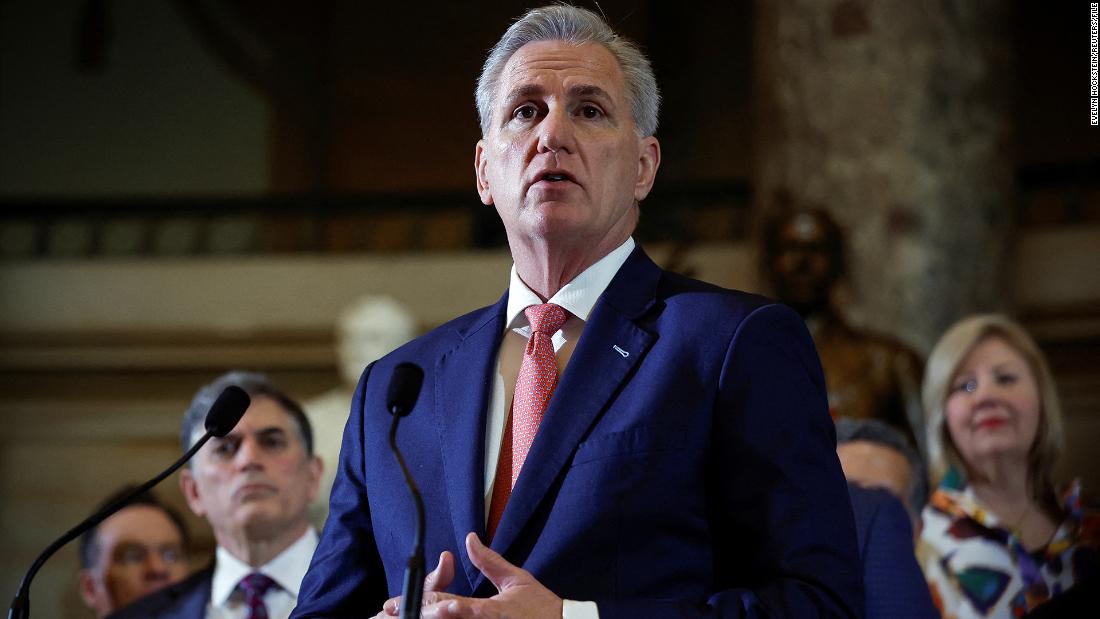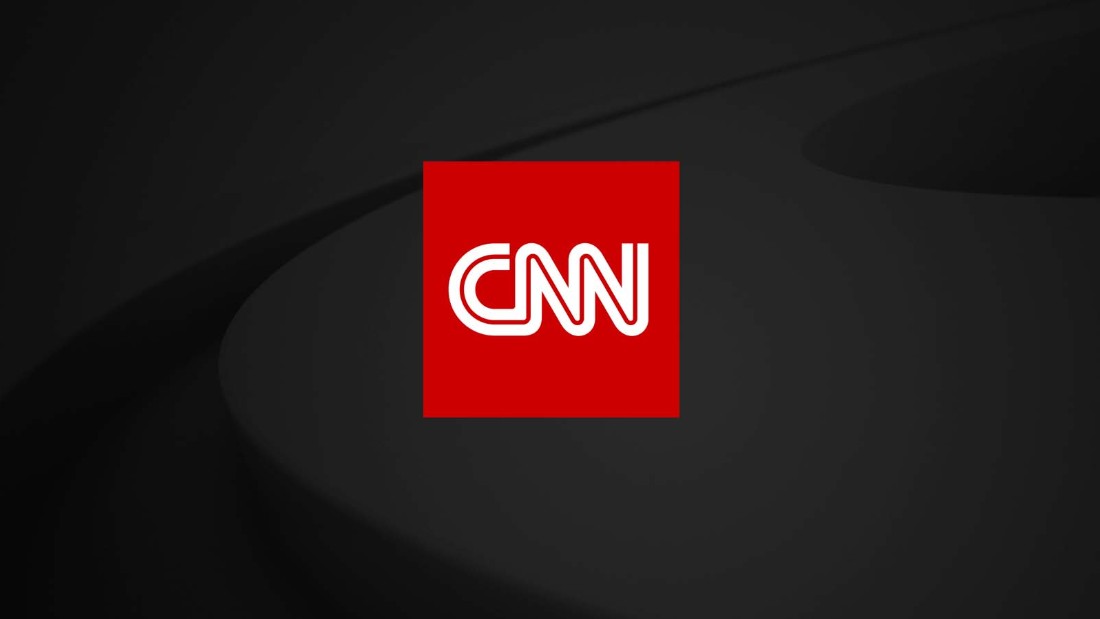THE US is to hold direct talks with Iran to push through a nuclear deal amid fears the Ayatollah is building up a deadly stock of nukes.
President Trump admitted the tension has hit “dangerous territory” as he announced the last-ditch diplomatic effort alongside Benjamin Netanyahu in the Oval Office.
ReutersTrump welcomes Israeli Prime Minister Benjamin Netanyahu at the entrance of the White House before making the Iran announcement[/caption]
APIranian Supreme Leader Ali Khamenei has long been suspected of trying to develop nuclear weapons[/caption]
ReutersSmoke rises following an explosion over Beirut’s southern suburbs after an Israeli strike on Lebanon in October 2024[/caption]
Trump said: “We’re having direct talks with Iran. Everyone agrees that doing a deal would be preferable to doing the obvious.
“The obvious is not something I want to be involved with, or that Israel wants to be involved with if they can avoid it.”
He said that “top level” talks will be held on Saturday.
The President again levelled direct threats against Iran in the case a deal is not signed during on Saturday.
He said: “If the talks aren’t successful, Iran is going to be in great danger. Iran can’t have a nuclear weapon. It will be a very dangerous day for Iran.”
Netanyahu visited the White House on Monday, becoming the first world leader to do so since the introduction of Trump’s sweeping global tariffs.
A scheduled joint press conference with Trump ab was abruptly scrapped but the two leaders still held a meeting in the Oval Office – with Iran at the top of the agenda.
The White House claimed the decision to cancel the 7.30pm media event was to avoid “two back-to-back media availabilities” — instead promising “one big, beautiful news conference” inside the Oval Office.
But only a small, select group of reporters — the so-called press pool — will be allowed to attend.
An Israeli senior official familiar with the details of the meeting said: “Netanyahu supports a deal that will lead to the complete dismantling of the Iranian nuclear program. As was the case with Libya.”
The official added that Netanyahu will present Trump with his vision of “what a good deal with Iran should look like.”
The visit comes after a surprise invite from Trump, who called Netanyahu during a trilateral phone chat with Hungarian Prime Minister Viktor Orban over the weekend.
While Netanyahu had been wrapping up a visit to Budapest, Trump insisted on an urgent Monday meeting, forcing the Israeli leader to fly straight to DC.
A statement from Netanyahu’s office outlined the hefty agenda: “Tariffs, efforts to release our hostages held in Gaza, Israel-Turkey relations, the Iranian threat and the battle against the International Criminal Court in The Hague.”
The Israeli PM’s office also highlighted the “personal and warm relationship” between the two leaders and expressed gratitude for the meeting invite — just days after Trump slapped a 17% tariff on Israeli imports, stunning Jerusalem.
Finance Minister Bezalel Smotrich had only just announced Israel was scrapping tariffs on US goods — hoping to curry favour and dodge the blow. But the gamble failed.
APNetanyahu became the first world leader to visit the White House since the introduction of Trump’s sweeping global tariffs[/caption]
GettyThe two leaders met to discuss their joint approach to Iran and tariffs[/caption]
“We knew that this was going to happen, but we are surprised about the scope of the tariff,” said Finance Ministry Chief Economist Shmuel Abramzon.
The US is Israel’s largest trading partner, with exports worth over $22 billion last year.
Now, officials are scrambling to negotiate a rollback of the shock duties.
Beyond trade, tensions with Iran are hitting boiling point.
Just weeks ago, Trump issued a chilling warning: “If they don’t make a deal, there will be bombing. It will be bombing the likes of which they have never seen before.”
Iran’s Supreme Leader Ayatollah Ali Khamenei has defiantly refused to engage in direct negotiations — triggering fury in Washington.
In a fiery response, Khamenei vowed: “If they commit any mischief, they will surely receive a strong reciprocal blow.”
Iran accelerates nuclear development
Exclusive by Katie Davis, Chief Foreign Reporter (Digital)
IRAN is believed to have accelerated its nuclear weapons development and is building terrifying nuclear warheads for solid-fuel missiles with a range exceeding 1,800 miles (3,000km).
A powerful blast from Iran could impact on several continents due to the chilling capability of the warheads.
Italy, Ukraine, Sudan, India and even large swaths of Russia would all potentially be in the firing line.
They are being developed at two sites in Shahrud and Semnan, which were previously pinned as rocket or space satellite launch sites.
A third site, Sorkheh Hesar, is also said to be carrying out projects, including research on nuclear power and underground explosions.
Nukes are being quickly created under the watchful eye of the regime’s nuclear weaponization entity, the Organization for Advanced Defense Research (SPND).
Bosses are developing nuclear warheads for the solid-fuel Ghaem-100 missiles, which are equipped with mobile launch platforms at the Shahrud site.
Iran’s rocket designers have used North Korea’s missiles as a guide to develop the Ghaem-100 missile.
When the missile was in a very early testing stage in 2011, dozens of missile experts were killed at the Modarres site in Tehran.
Personnel vehicles are banned from entering the Shahrud site and are forced to park at a checkpoint before people are transported in.
Meanwhile, they are using the liquid fuel missile Simorgh to develop nuclear warheads in Semnan.
Iran has staged three successful Ghaem-100 missile launches over the past two years, enhancing the regime’s capability to deploy nuclear weapons.
Iran has placed its military on full alert, preparing for what state-aligned media claims could be a “devastating” US-Israeli strike.
Tehran also warned neighbouring countries against aiding any attack, threatening “severe consequences.”
Meanwhile, the US is flexing its muscles, reportedly positioning B-2 bombers on Diego Garcia island — well within strike range of Iran.
The already explosive backdrop is further intensified by fresh US intelligence on Iranian threats to assassinate Trump — a plot allegedly linked to revenge for the 2020 drone strike on IRGC commander Qassem Soleimani.
Trump has warned: “I’ve left instructions — if they do it, they get obliterated, there won’t be anything left.”
Back in Gaza, Netanyahu is also under intense domestic pressure. After a ceasefire collapsed, 59 Israeli hostages remain in Hamas captivity.
Thousands protested across Israel this weekend demanding action. But Netanyahu has refused to halt the war during talks, declaring Hamas must be defeated first.
On the Turkey front, tensions are also flaring.
Israeli airstrikes in Syria have sparked warnings from Ankara, which is preparing to deploy forces near key military zones.
Turkey insists it seeks no conflict, but says repeated Israeli strikes are “weakening” Syria’s stability.
In the background, the US has quietly beefed up Israel’s defences — delivering a second THAAD missile battery, alongside two Patriot systems.
As the Oval Office doors close, Netanyahu is expected to push for a hard line on Tehran and walk away with stronger support — or at least, fewer tariffs.
But with the region on edge and war clouds gathering, Monday’s meeting may do more to escalate than de-escalate.
Published: [#item_custom_pubDate]













